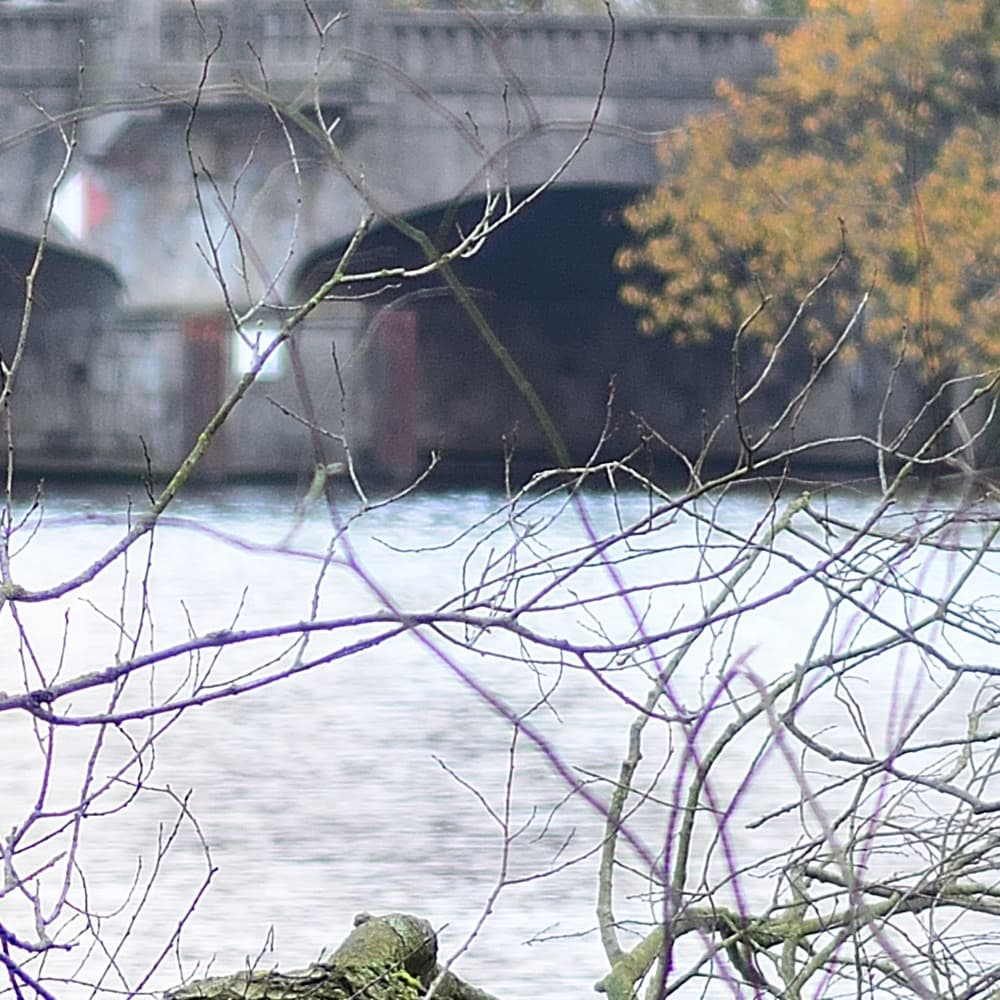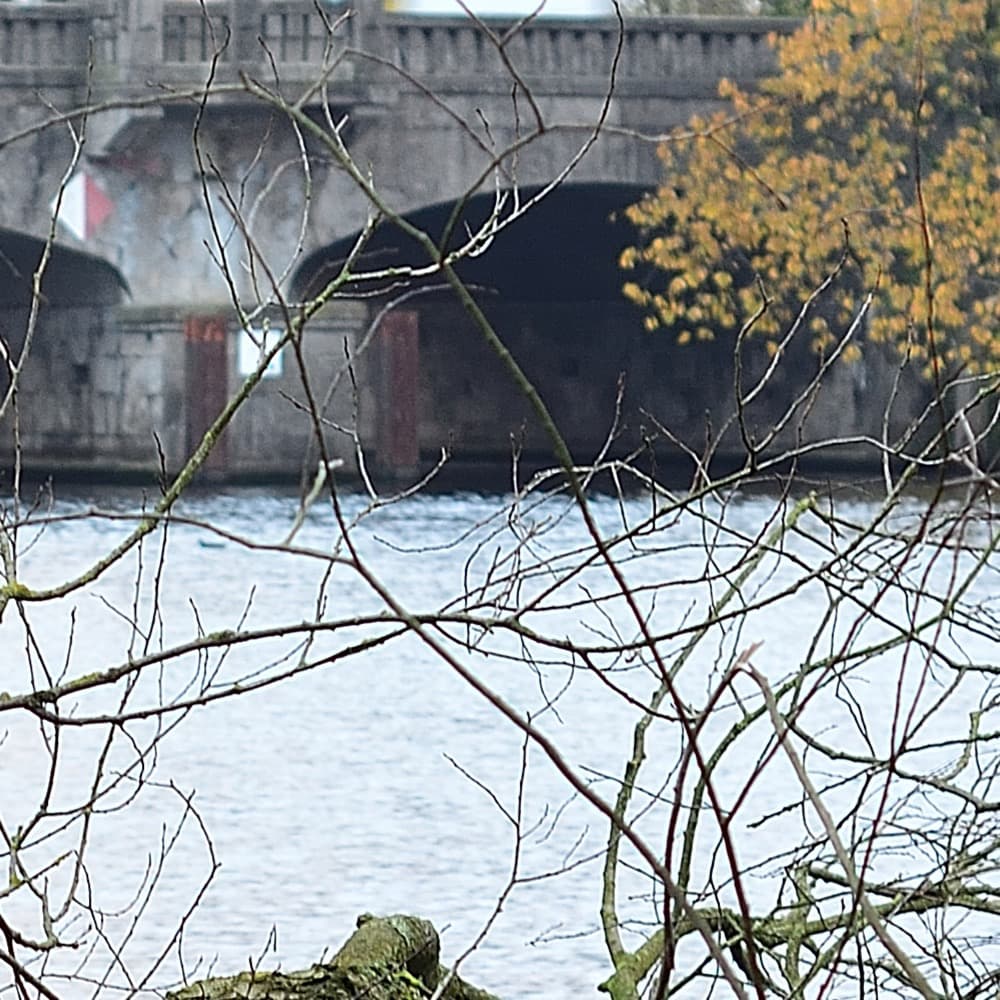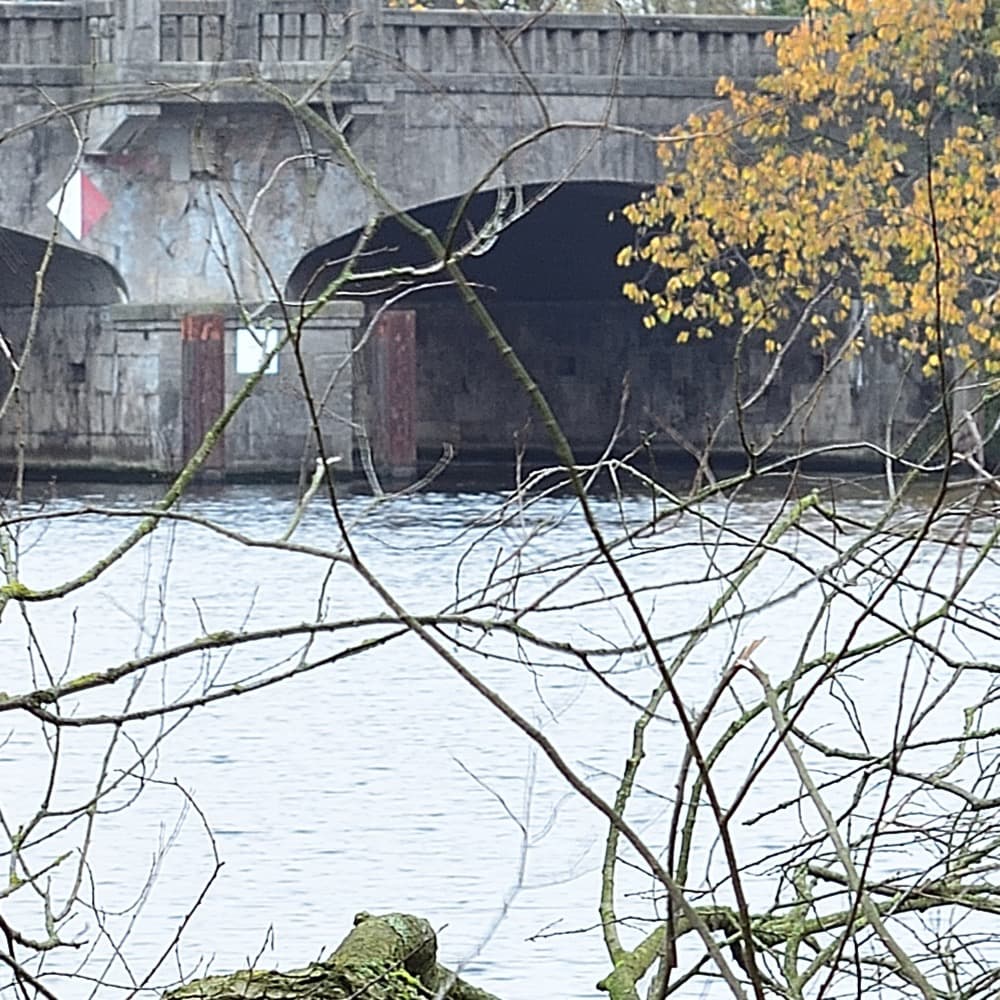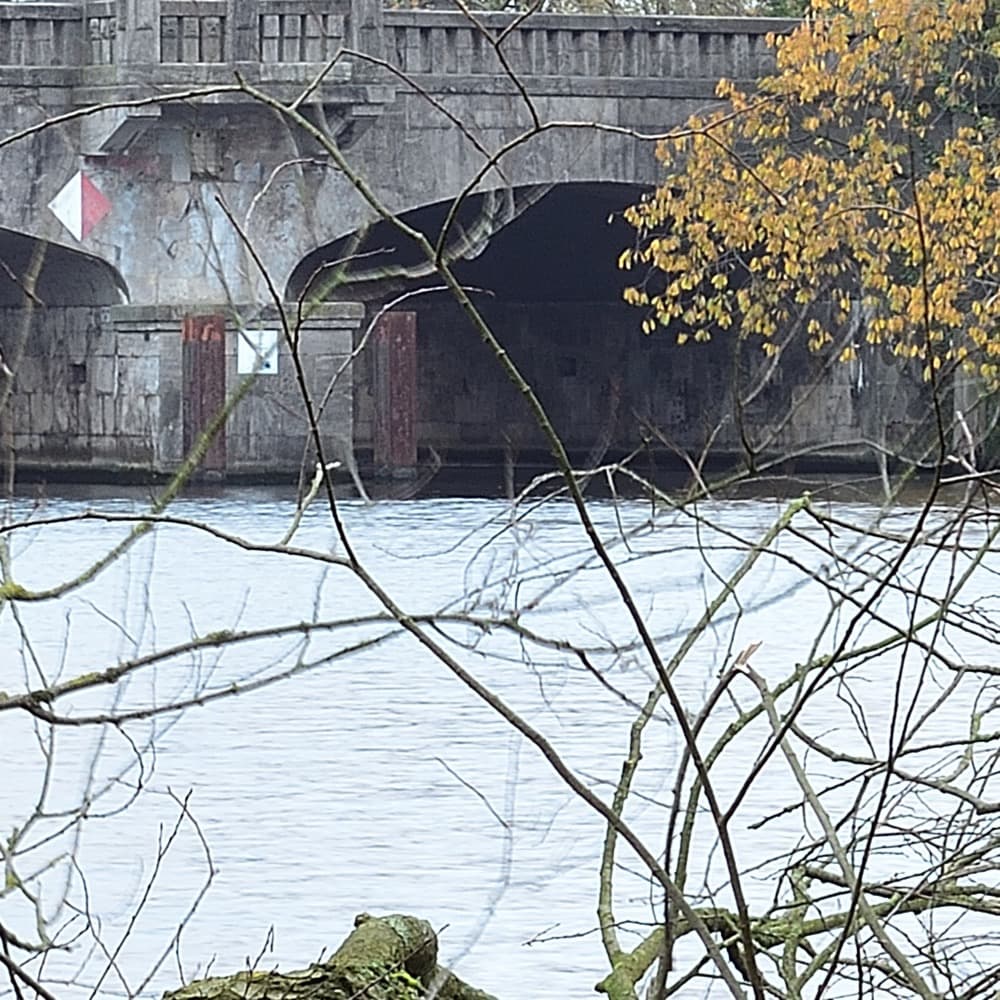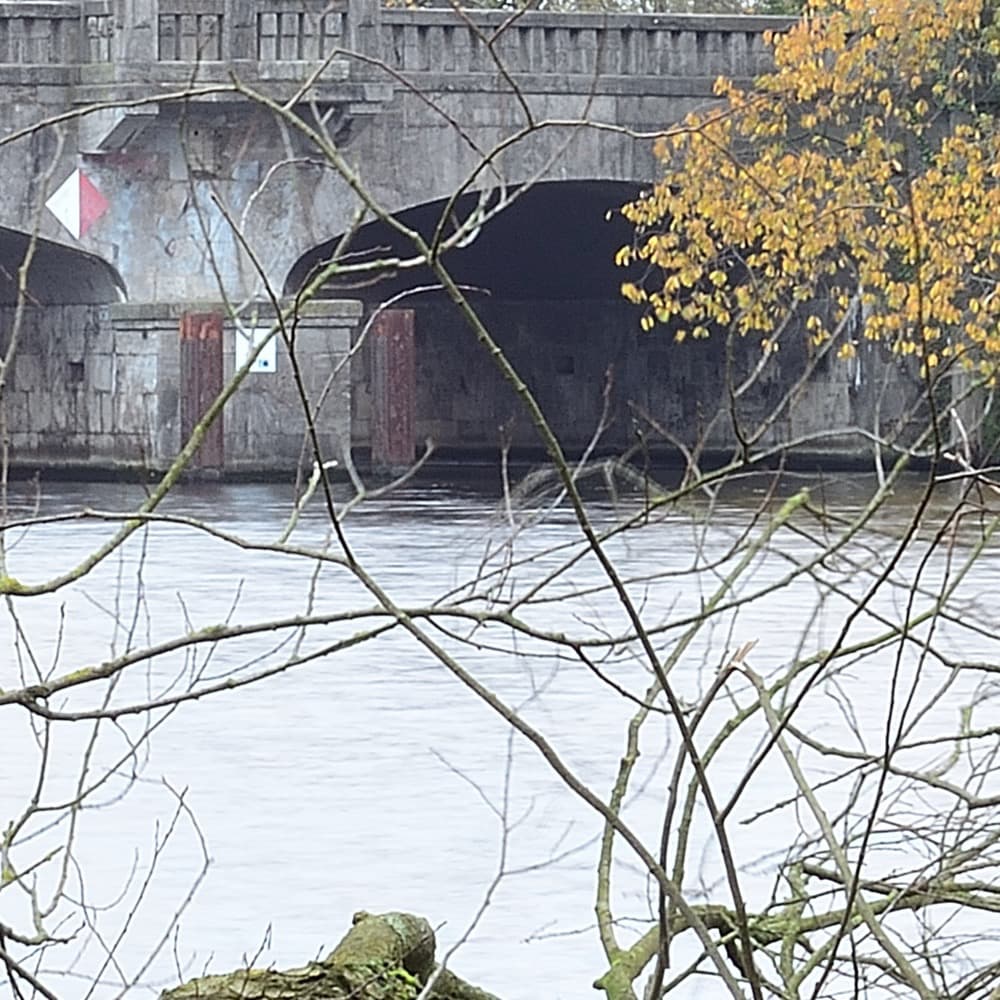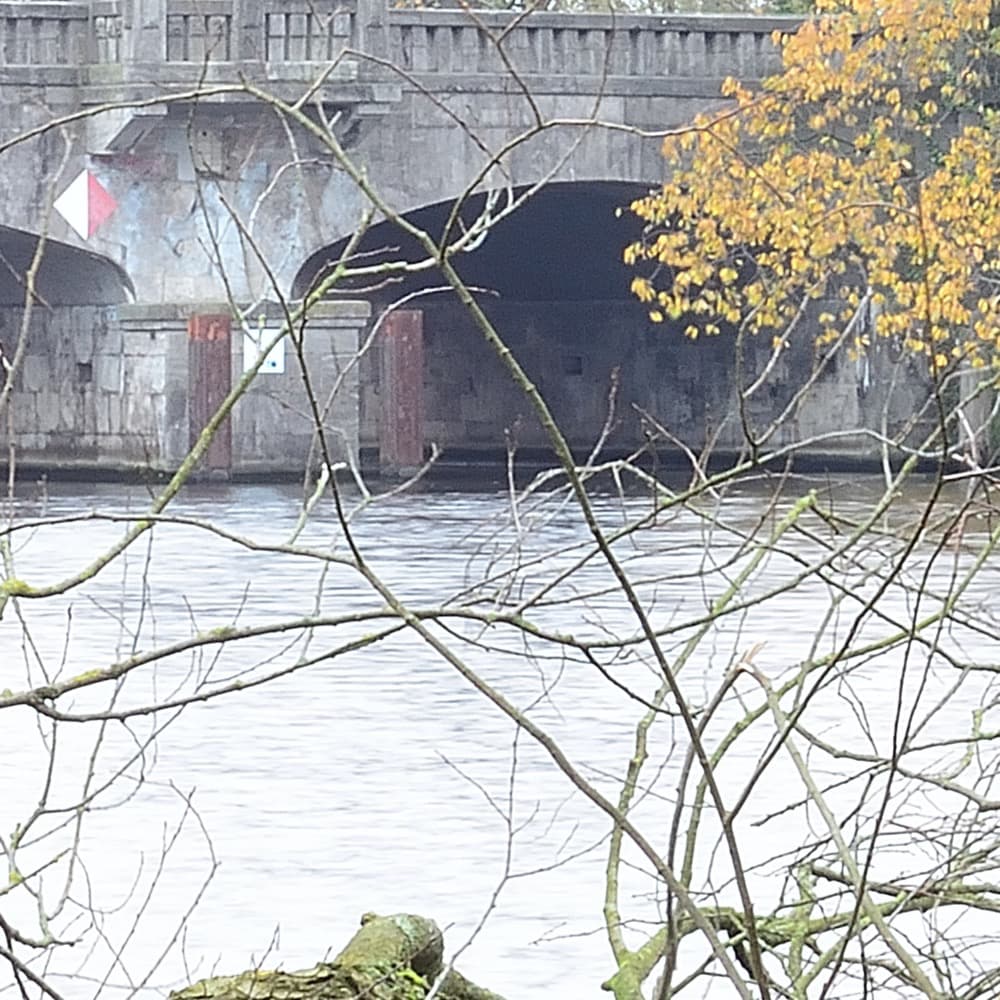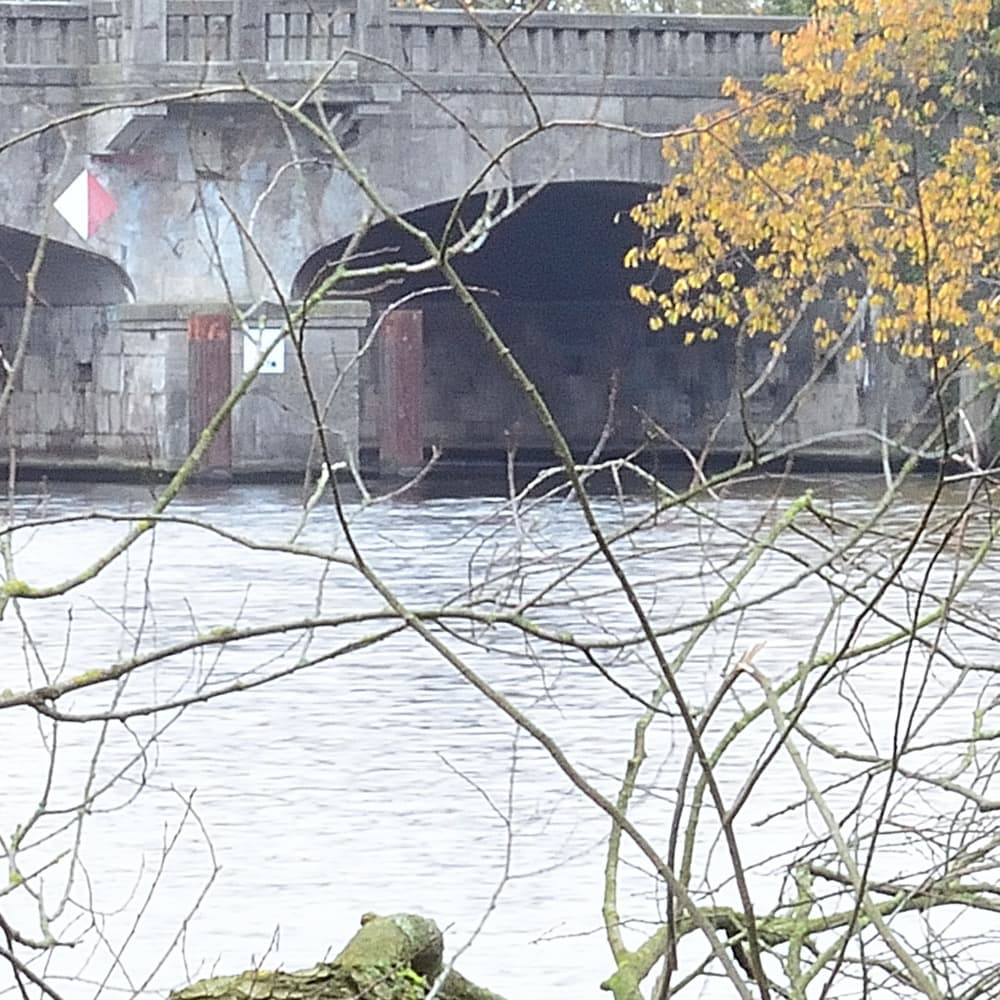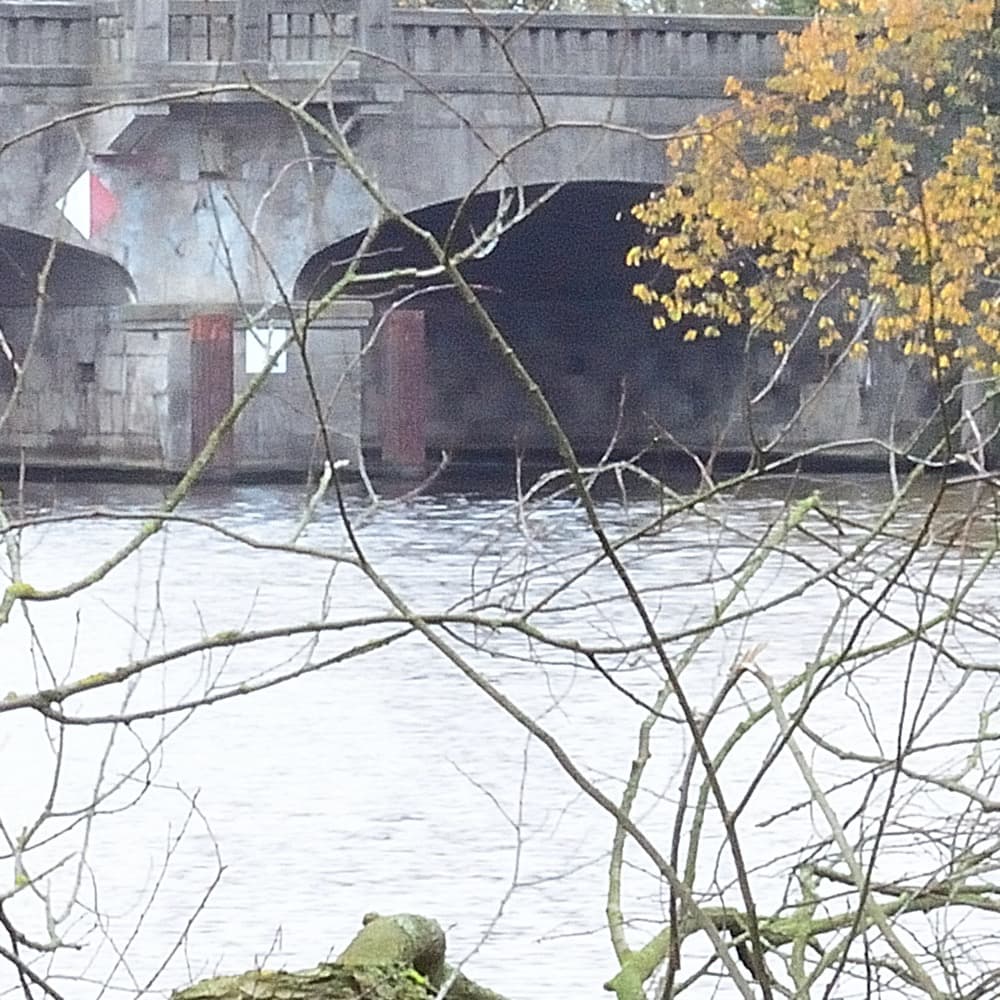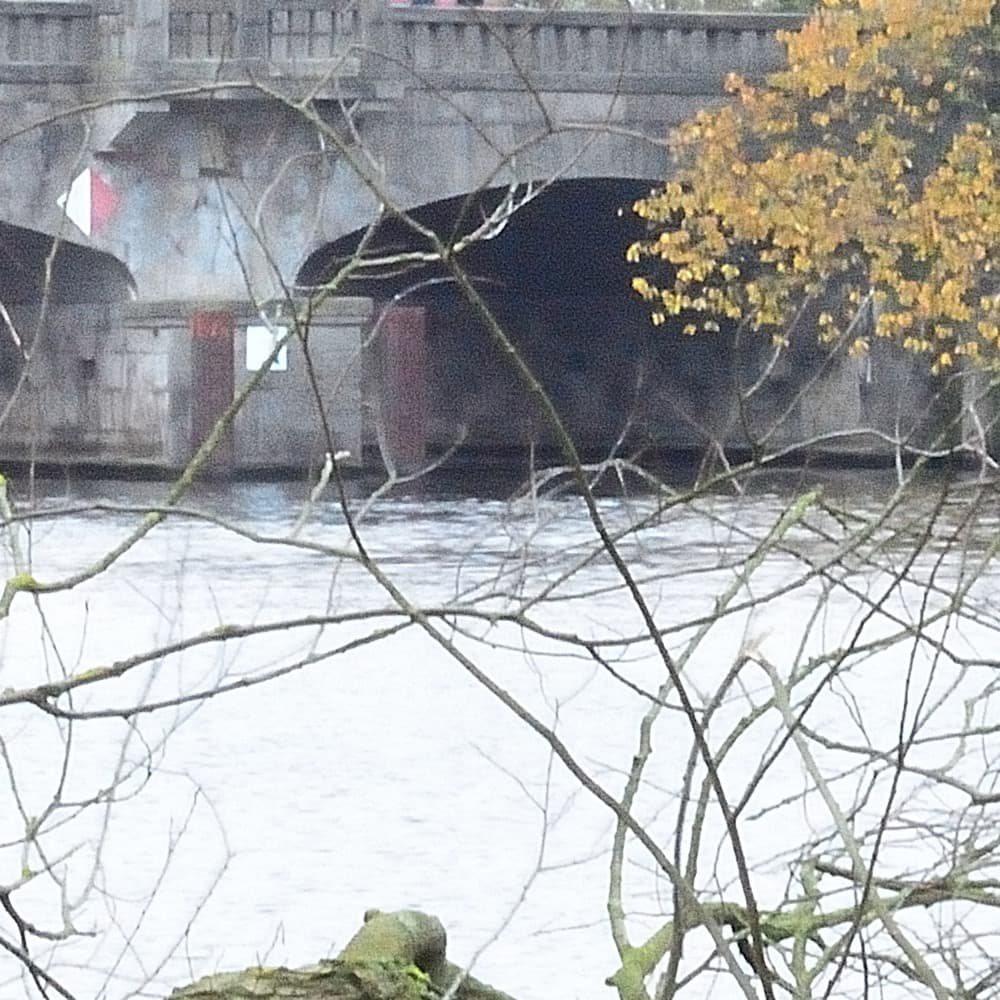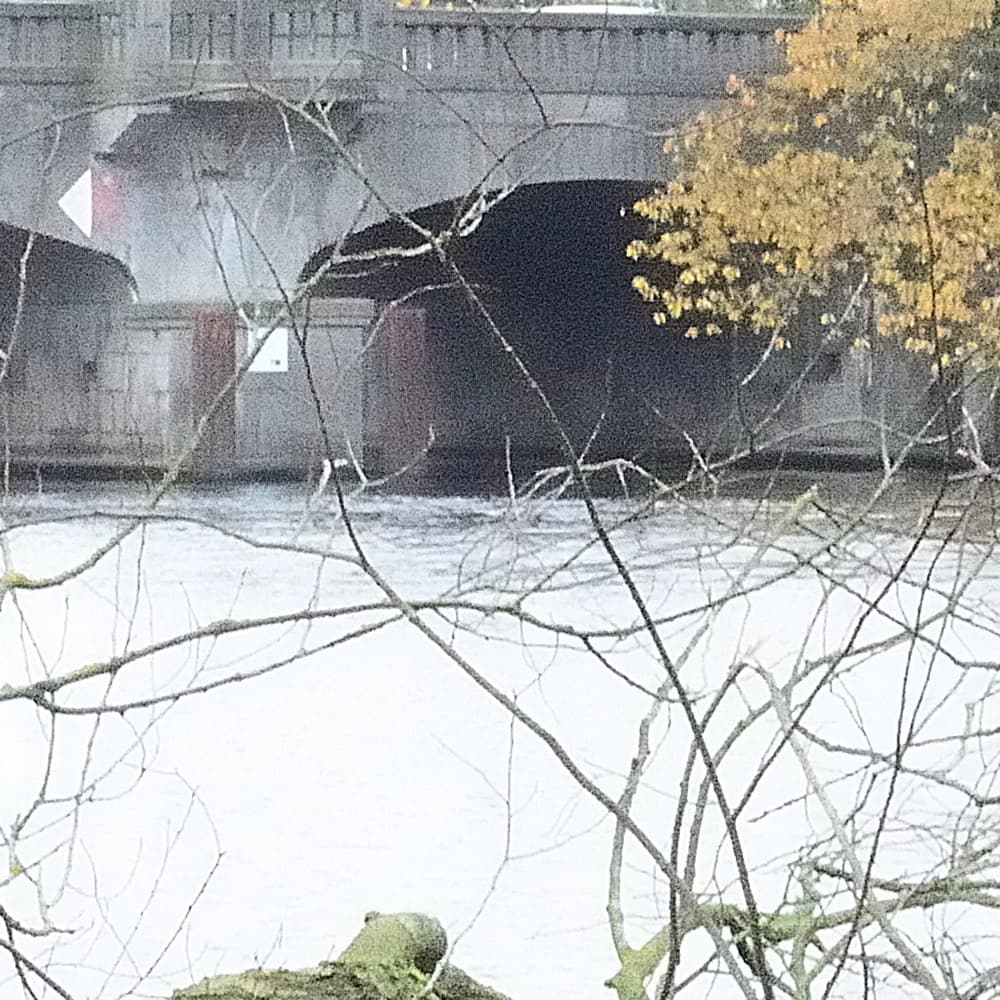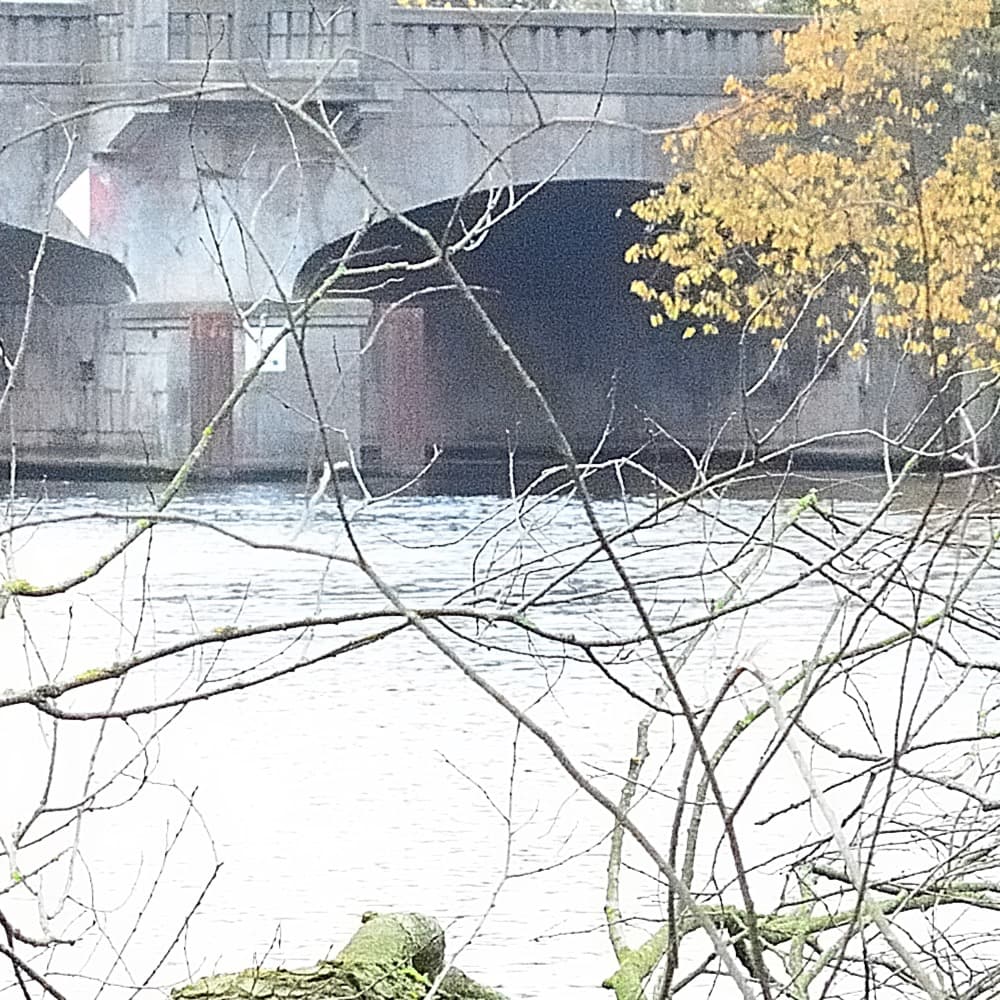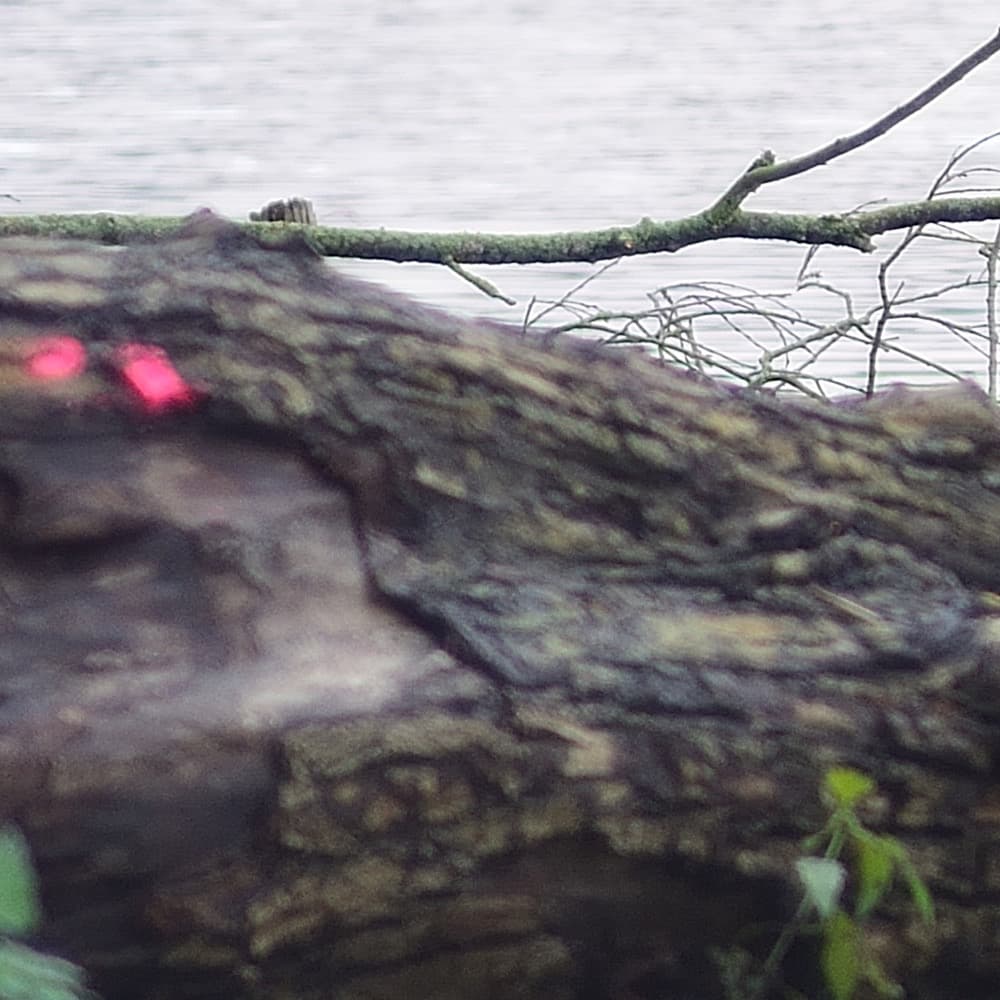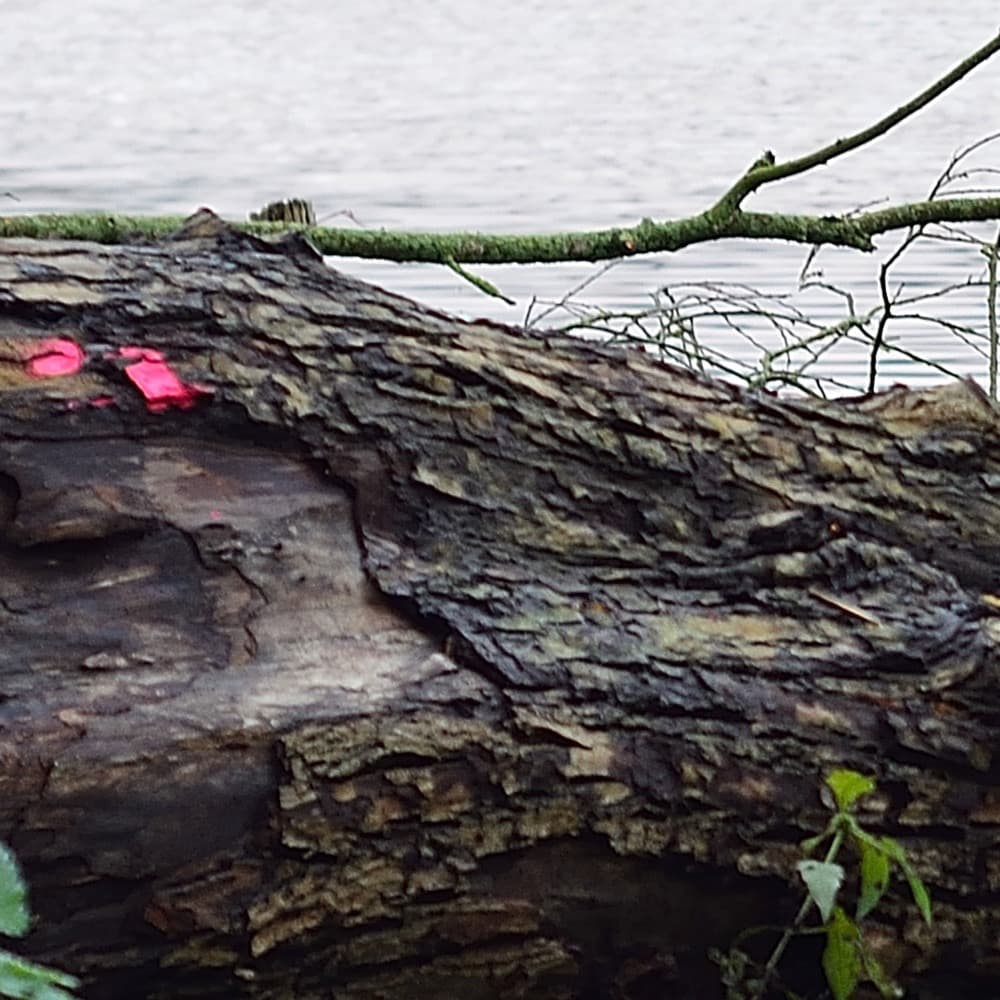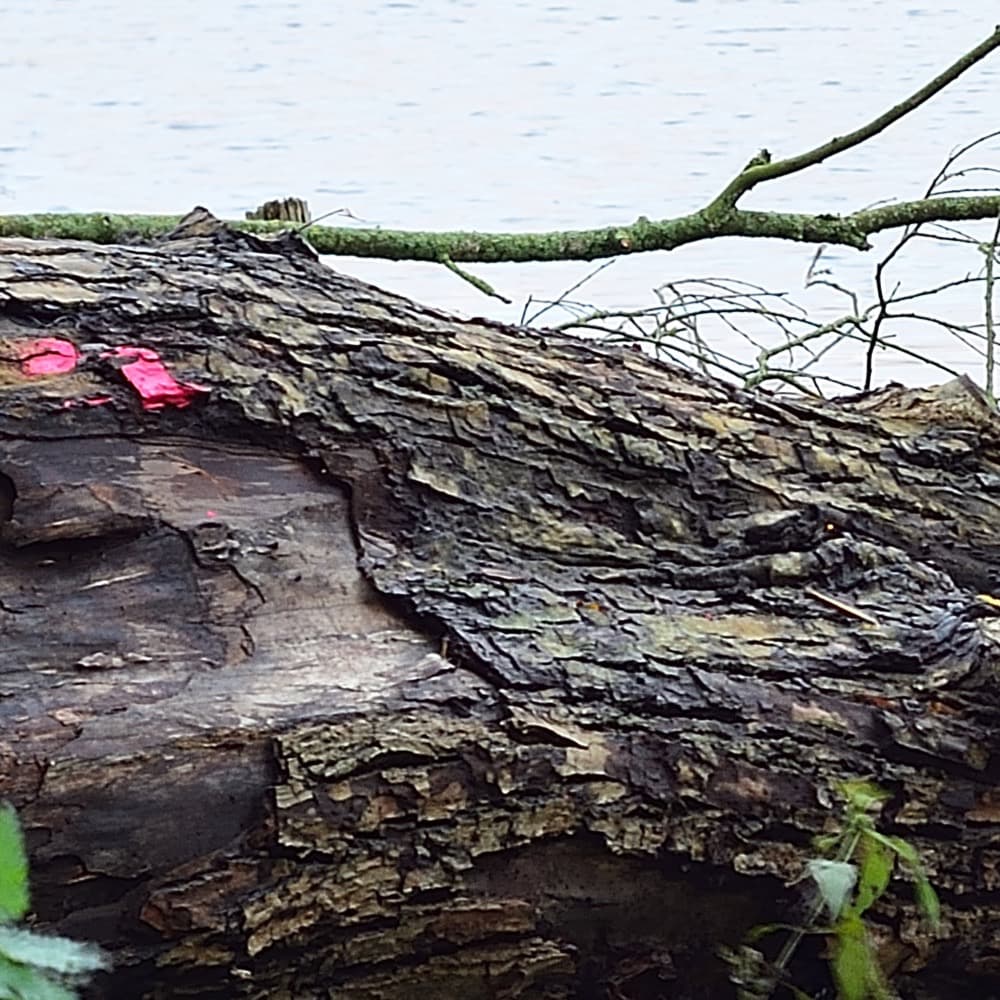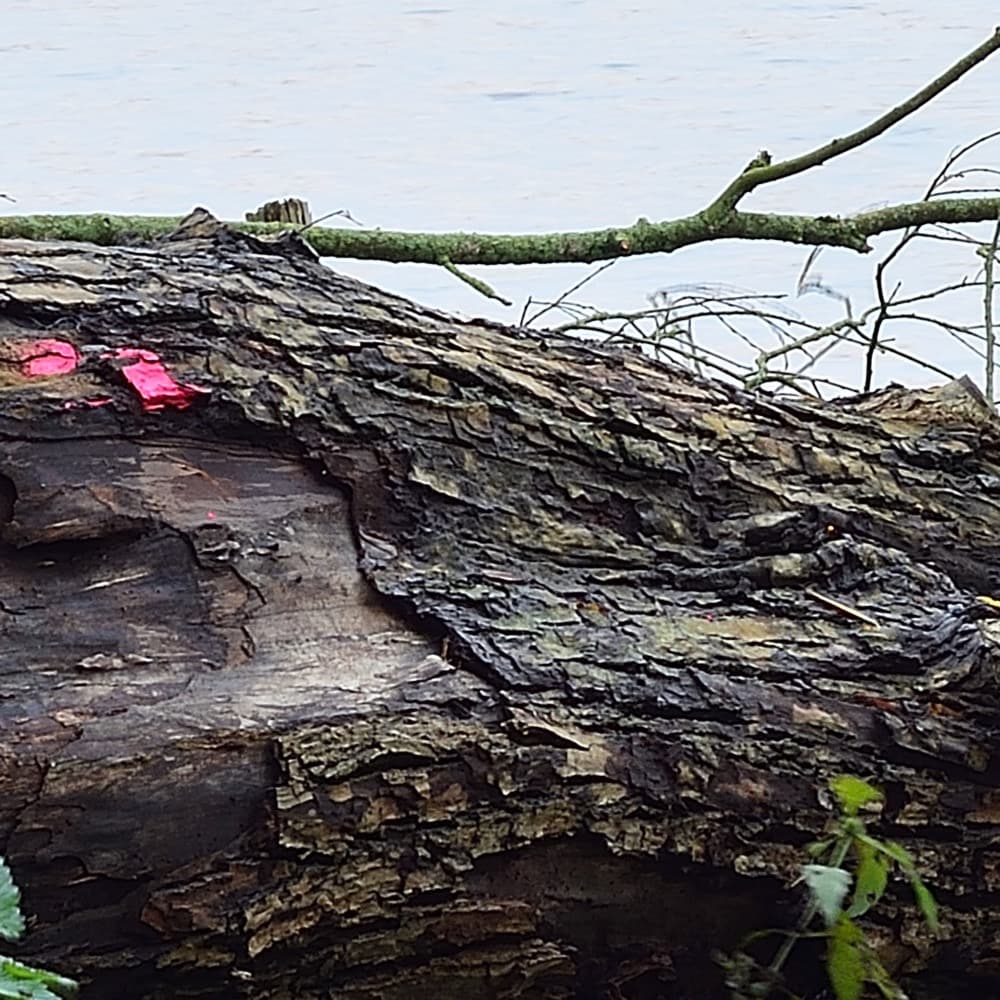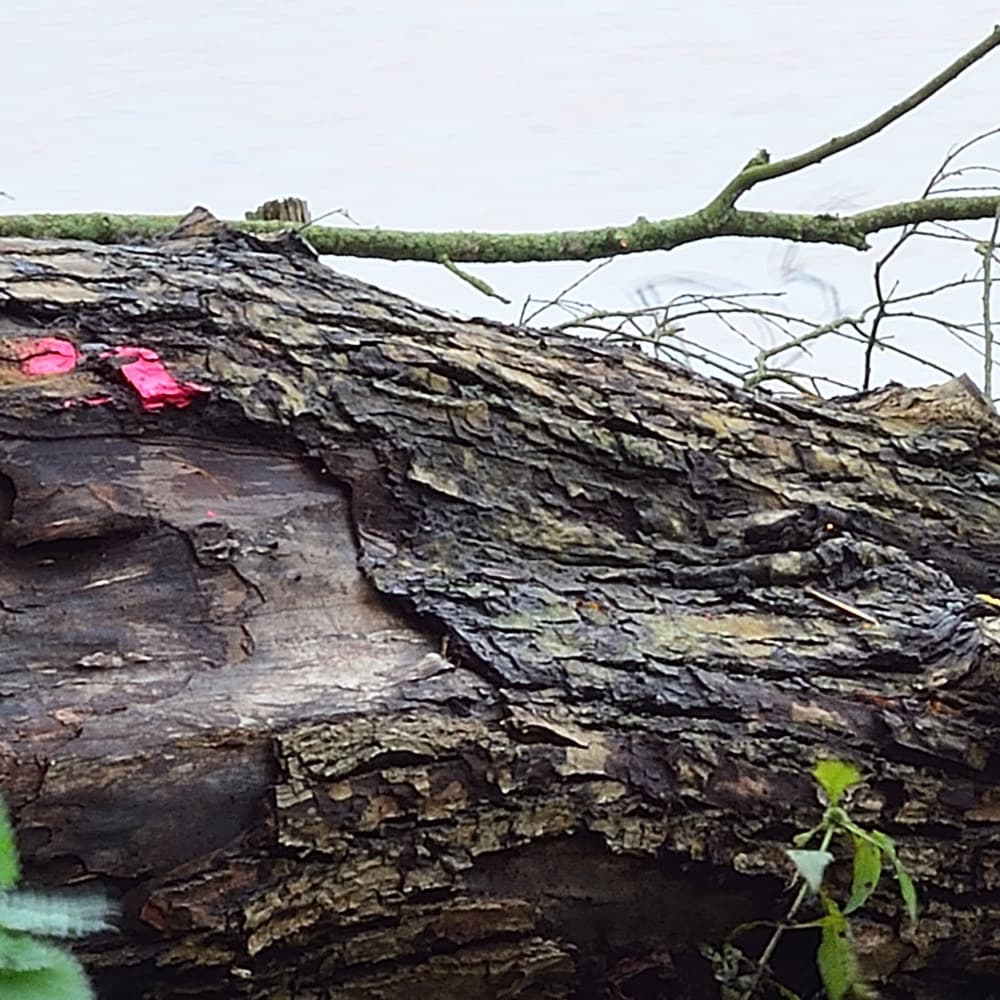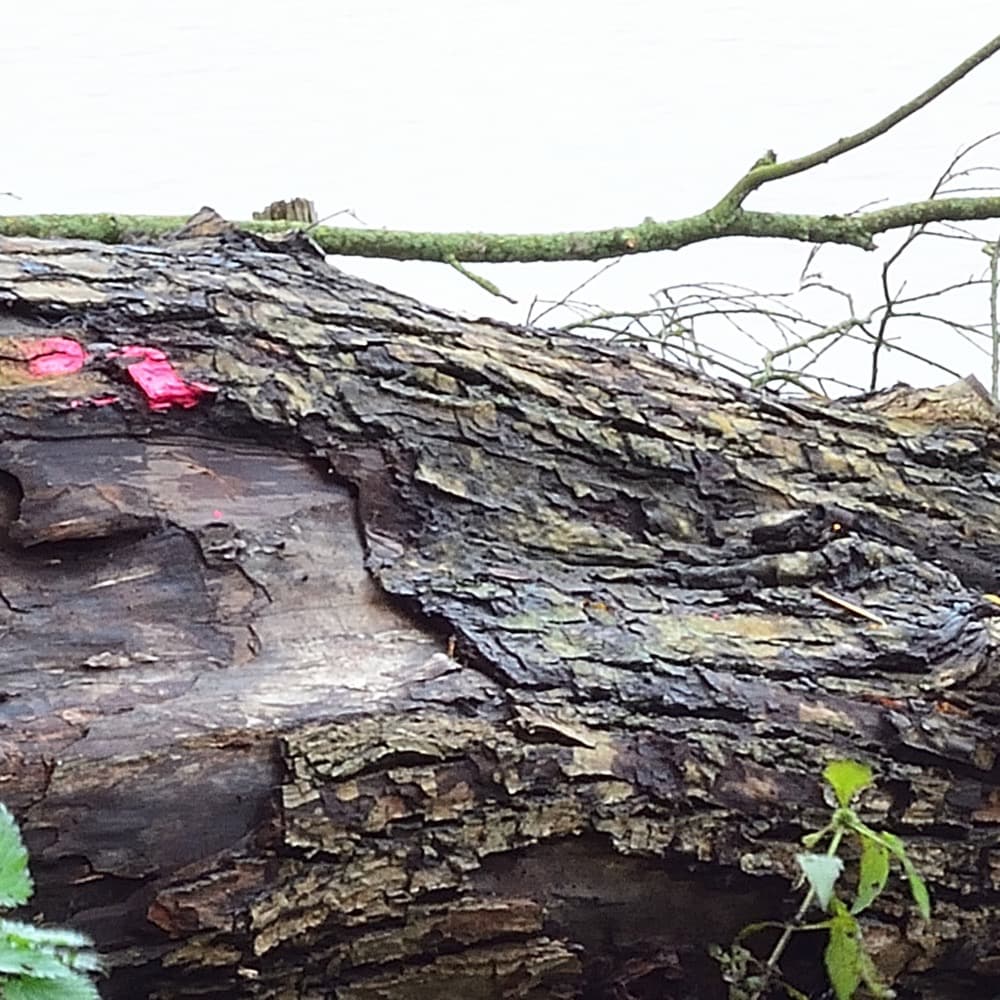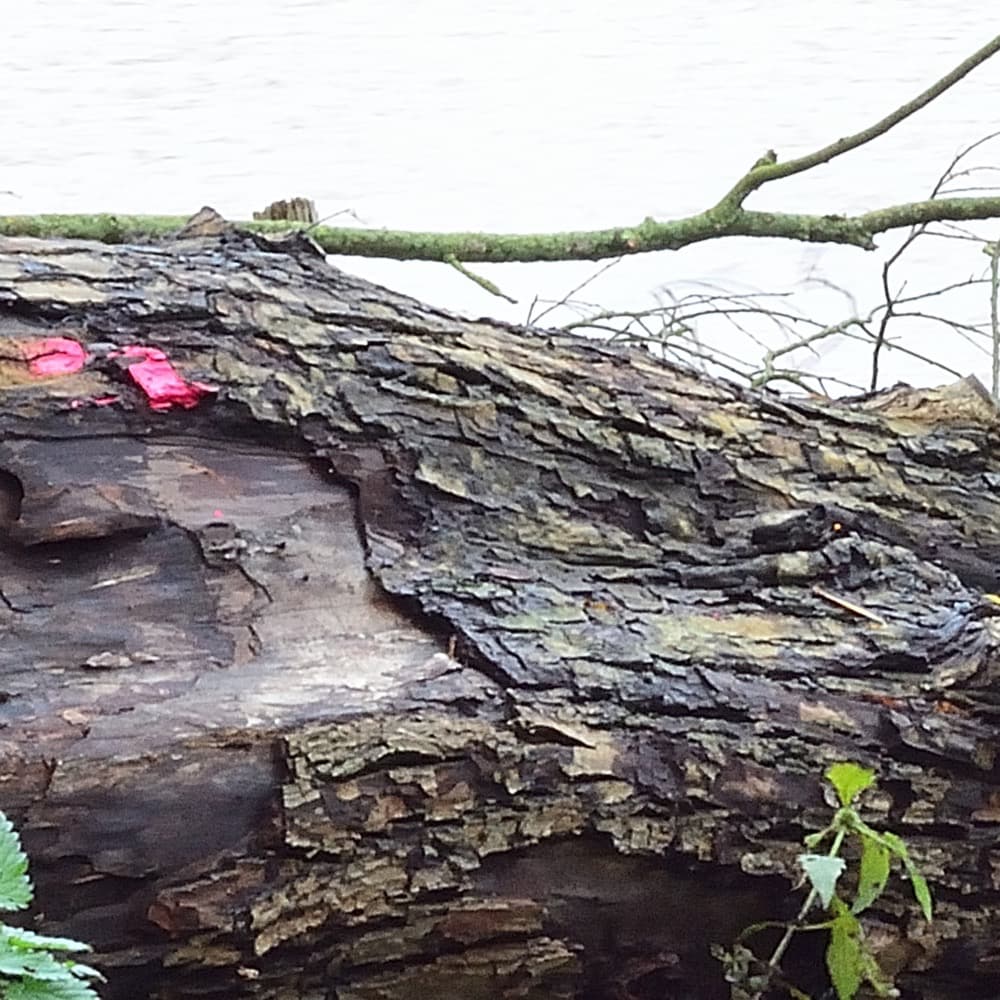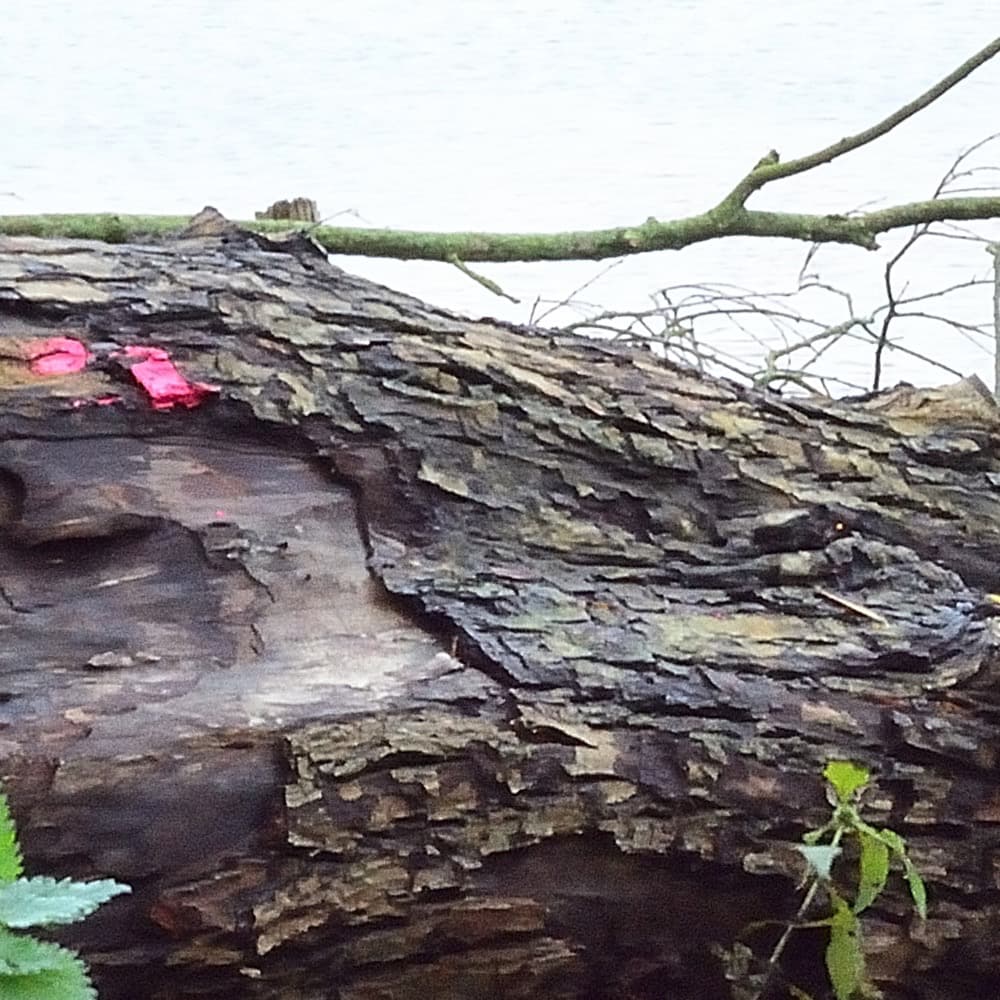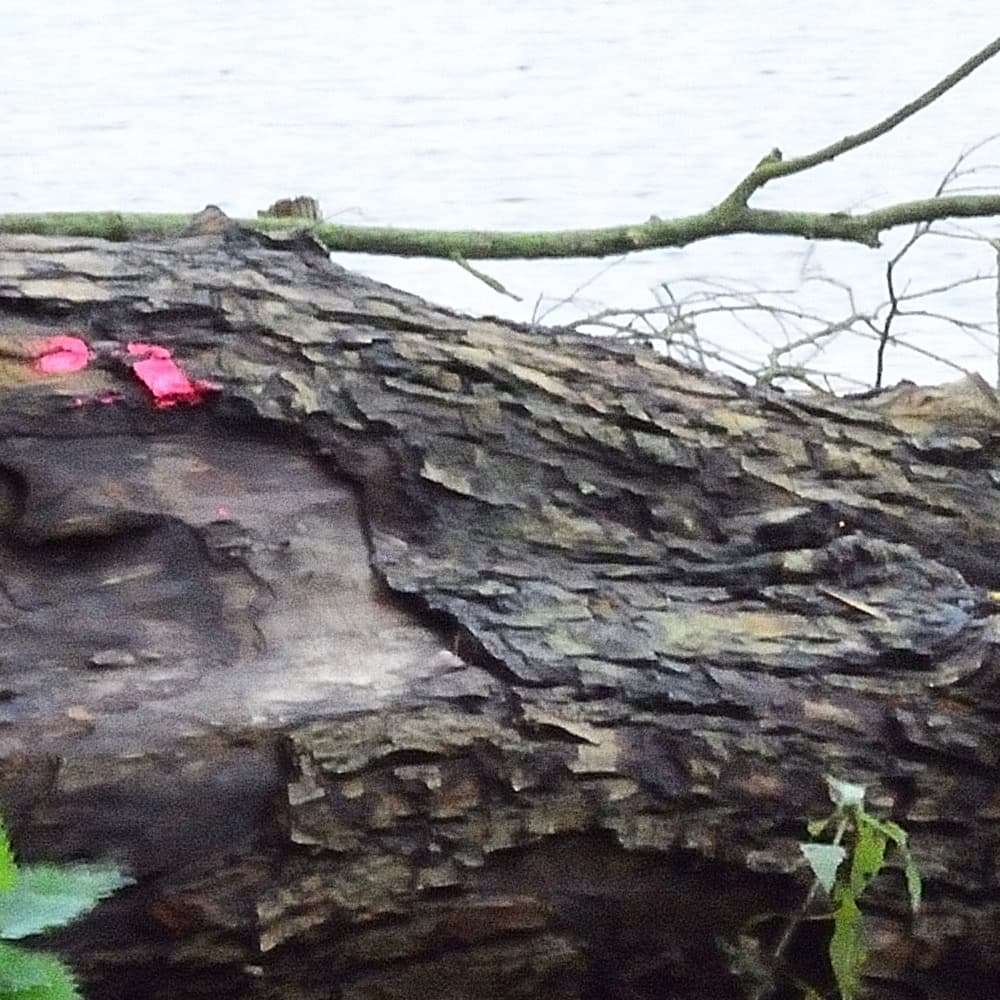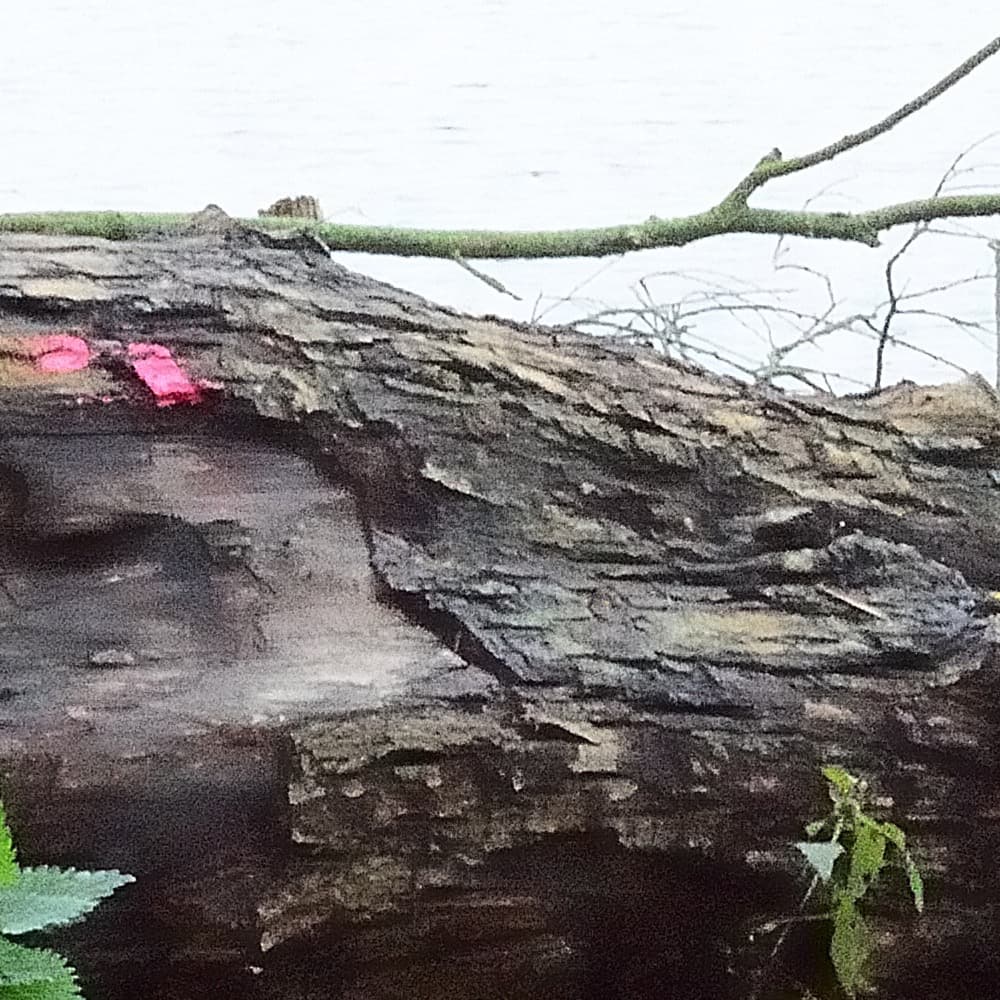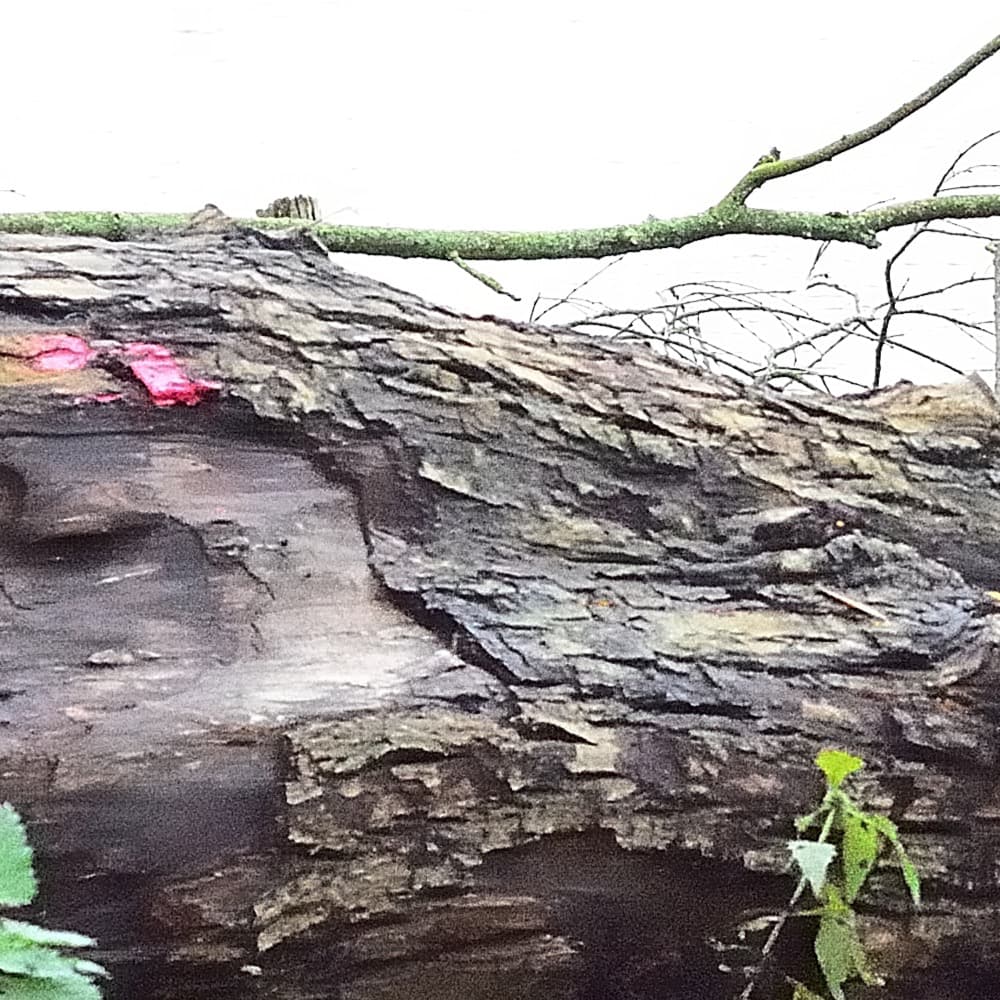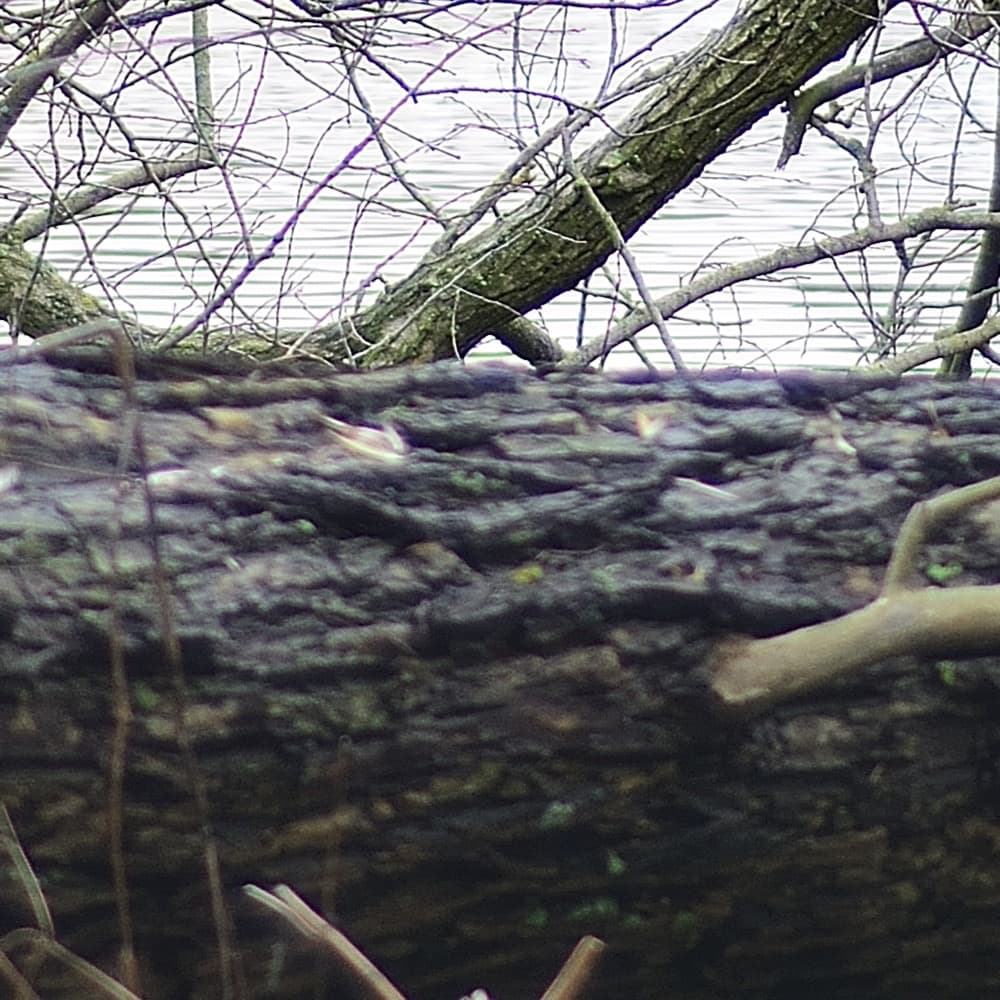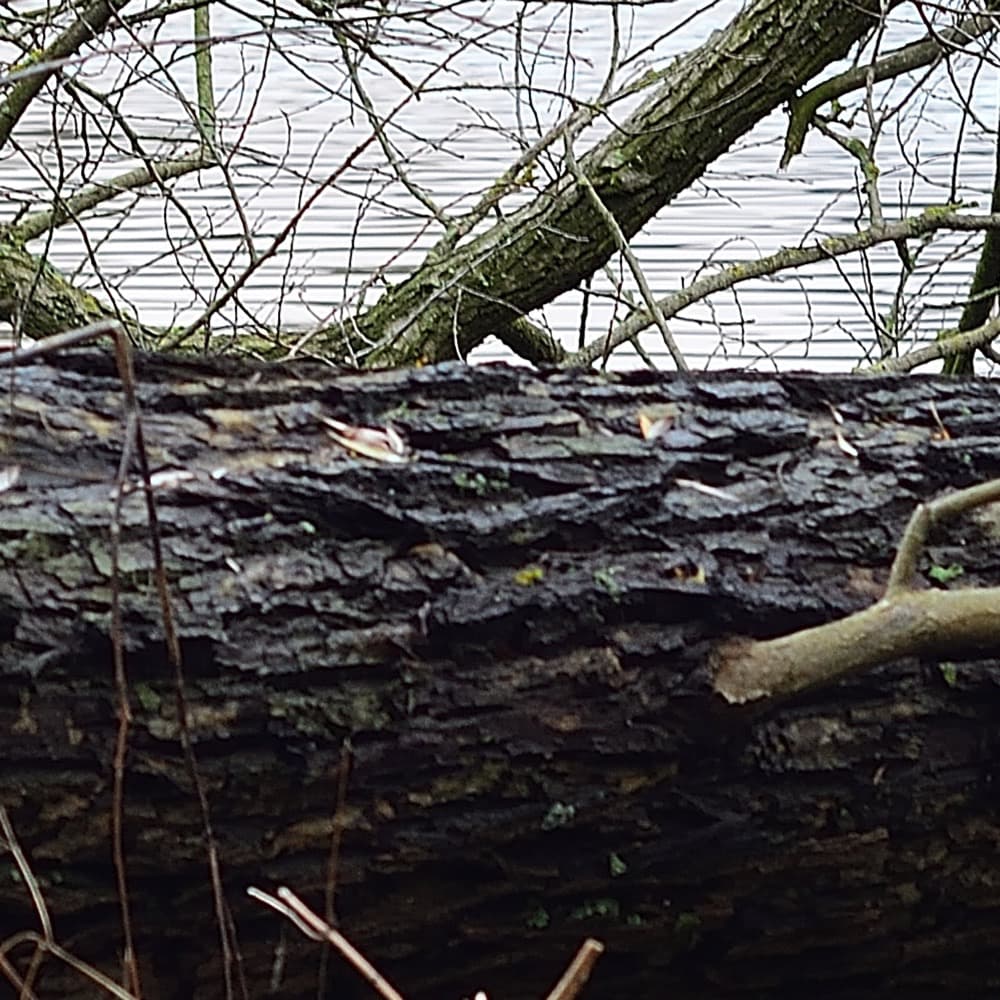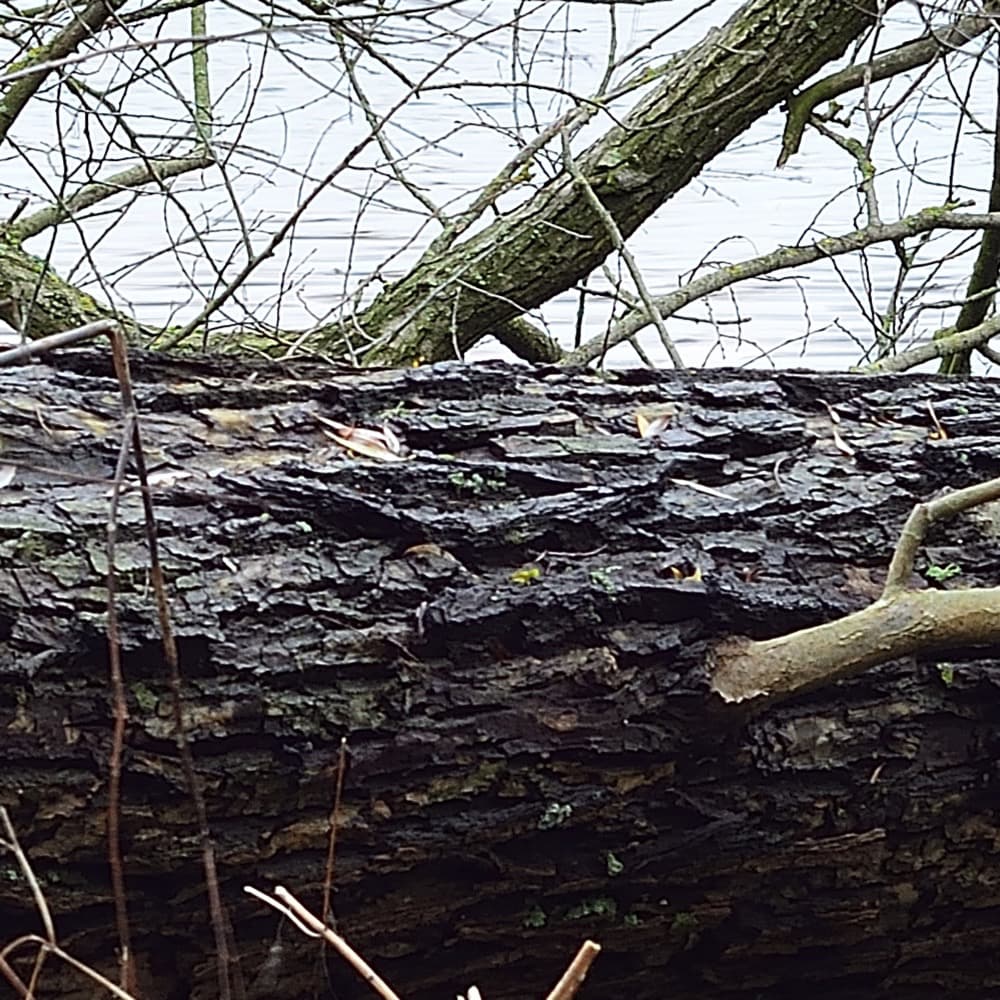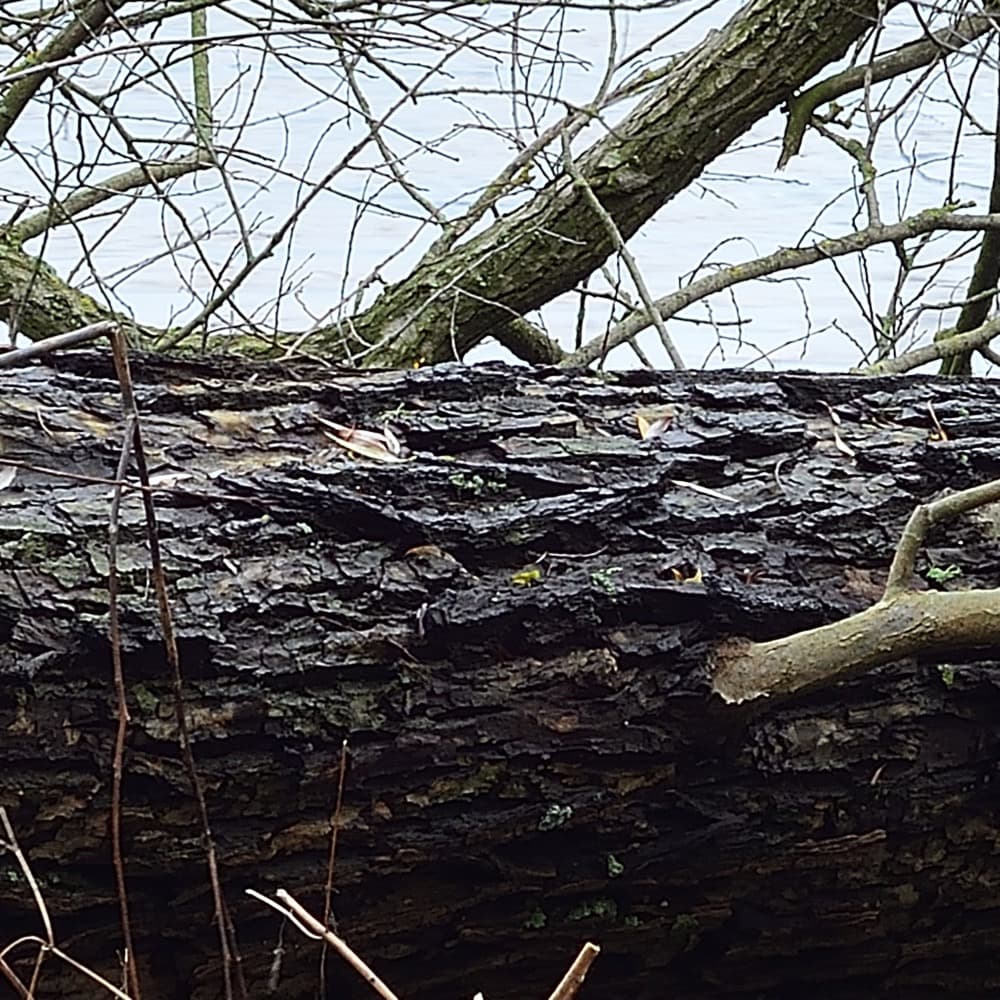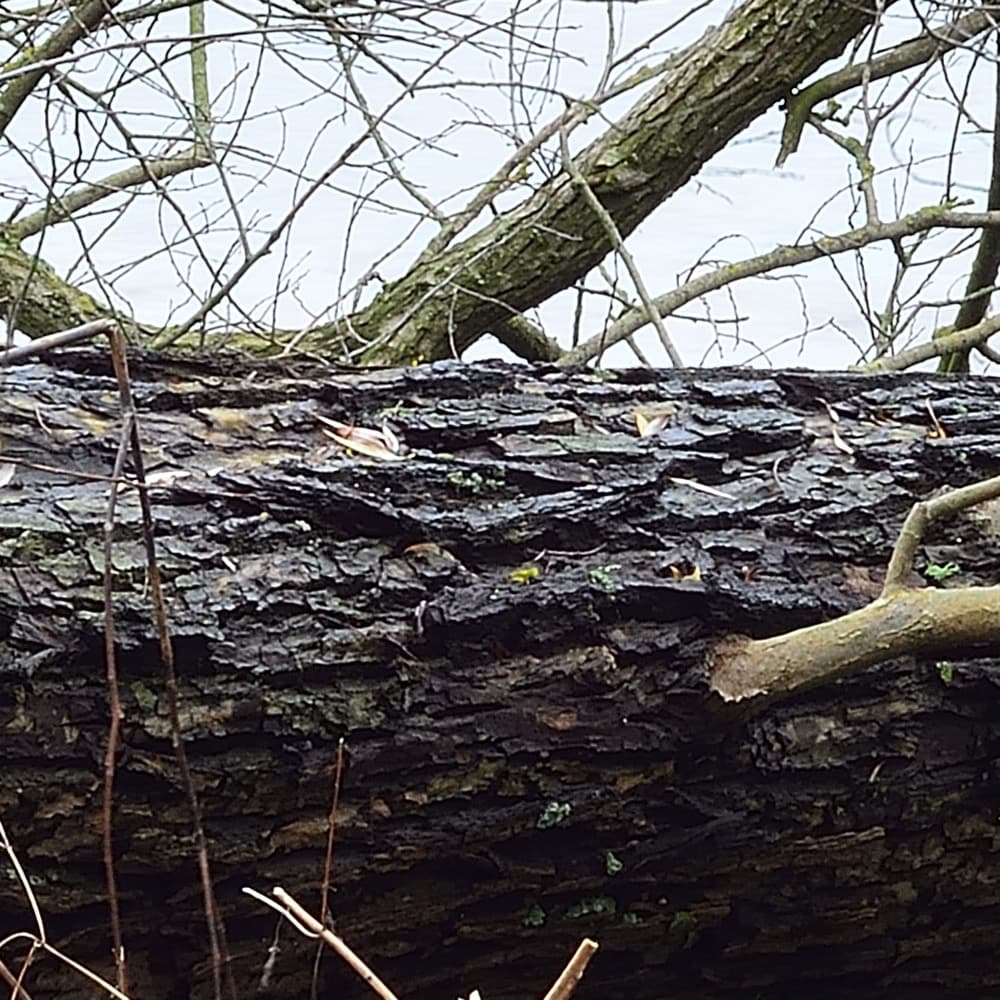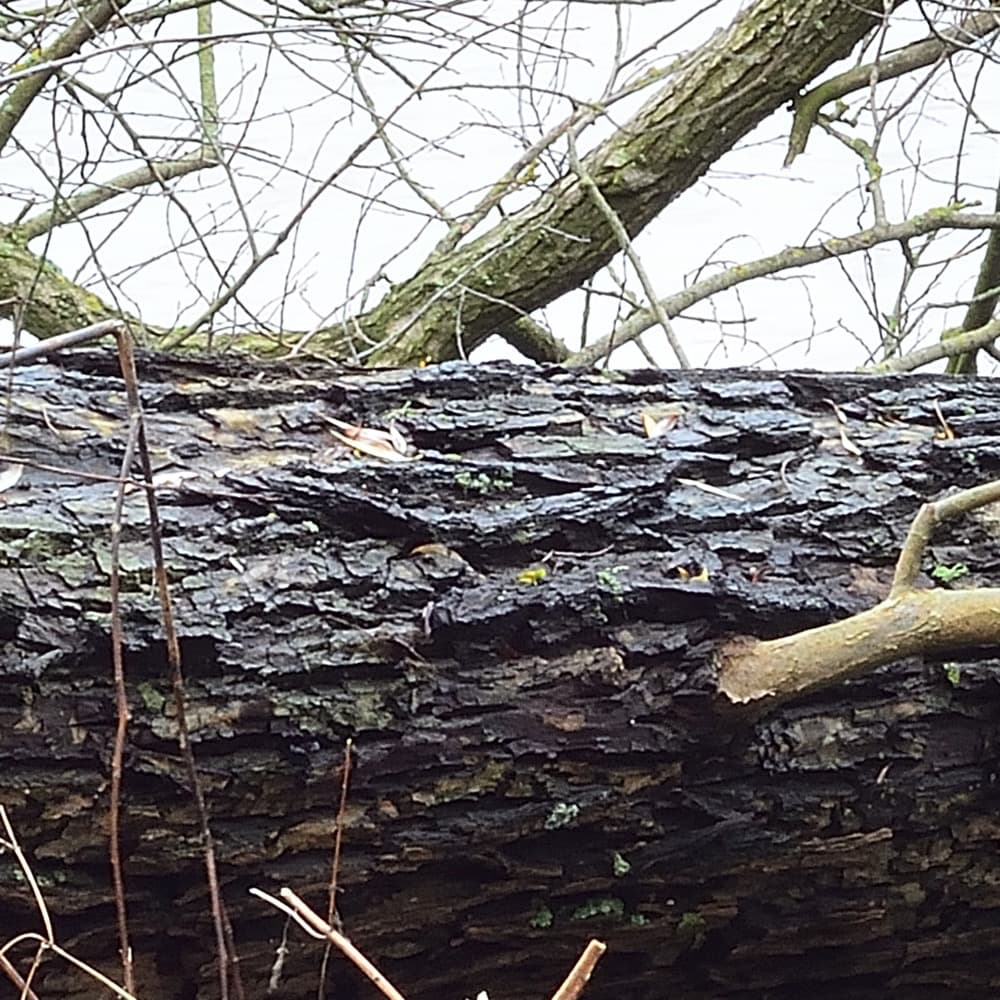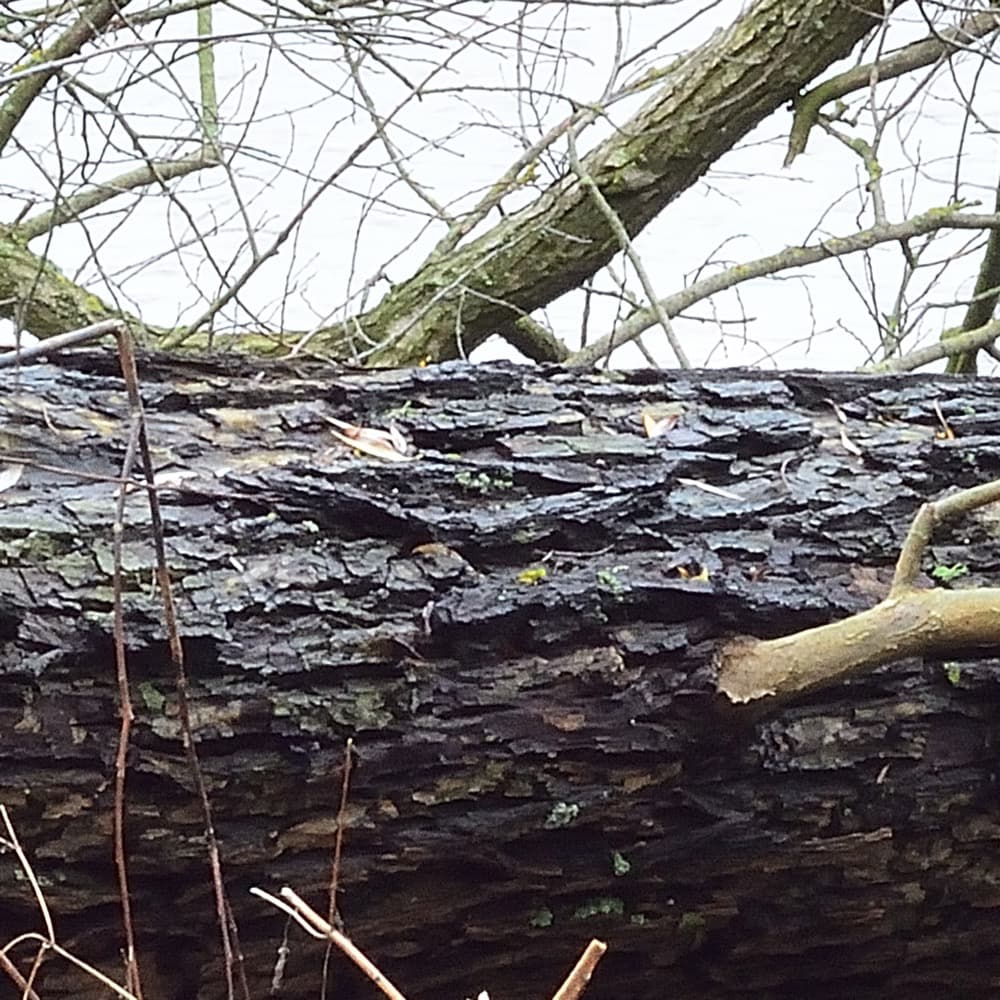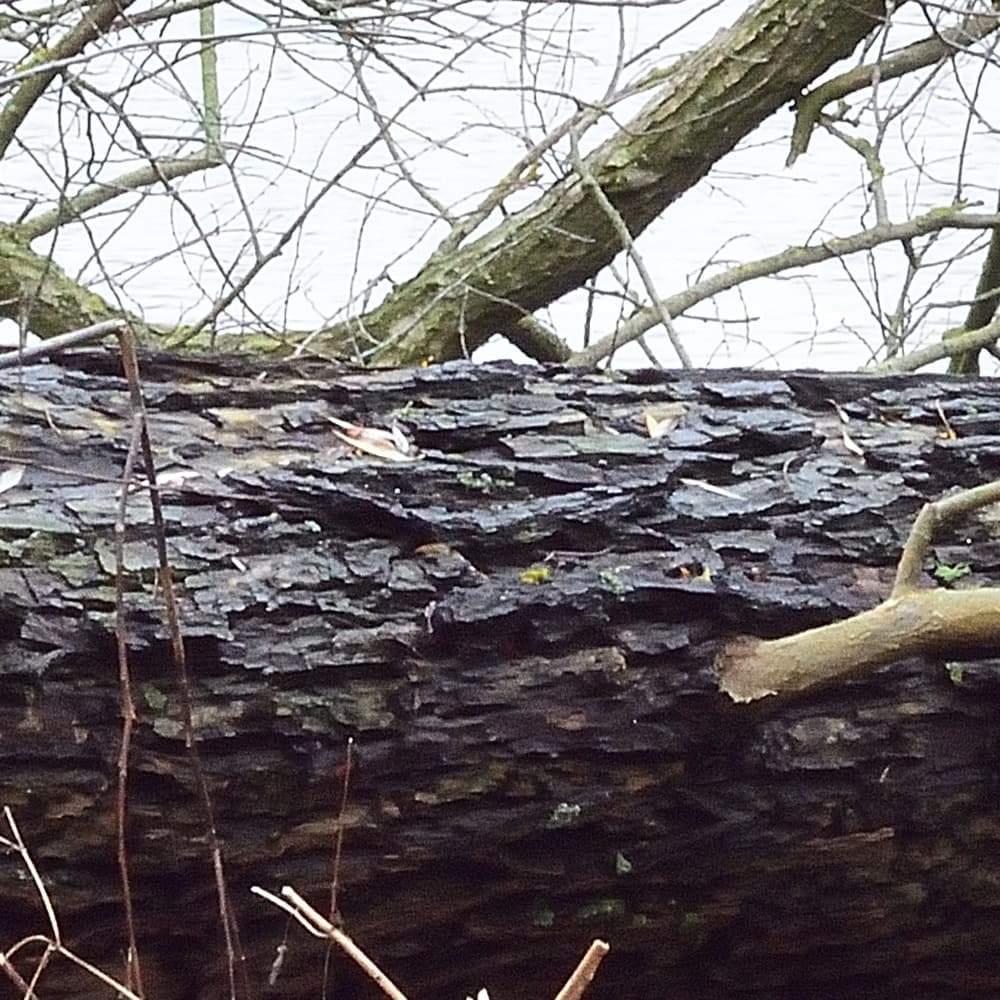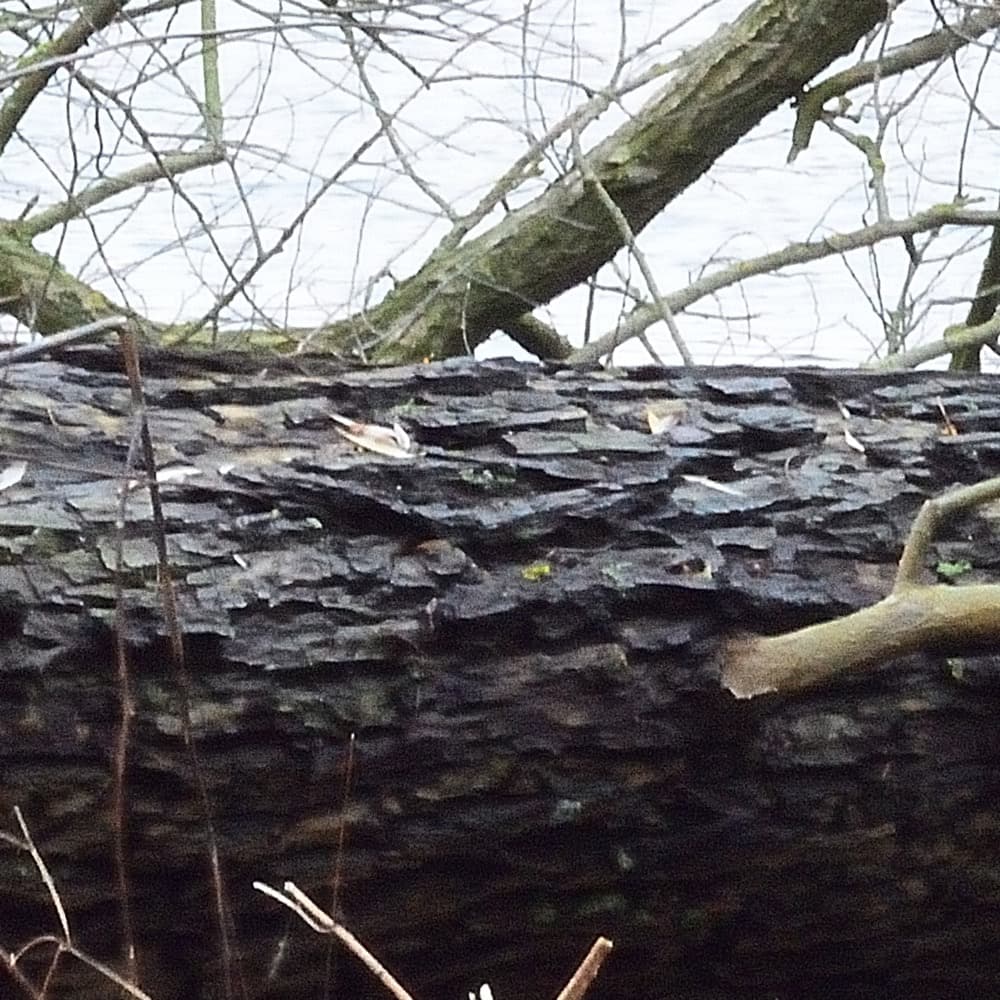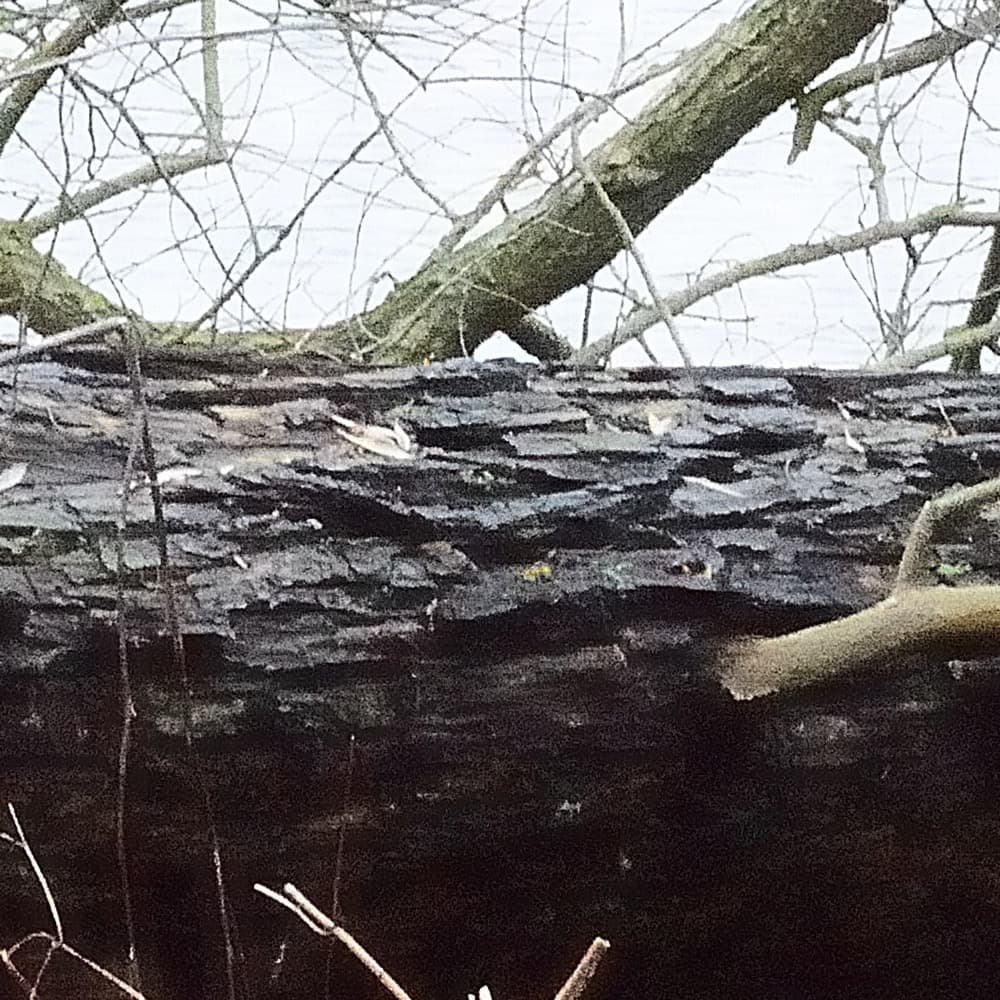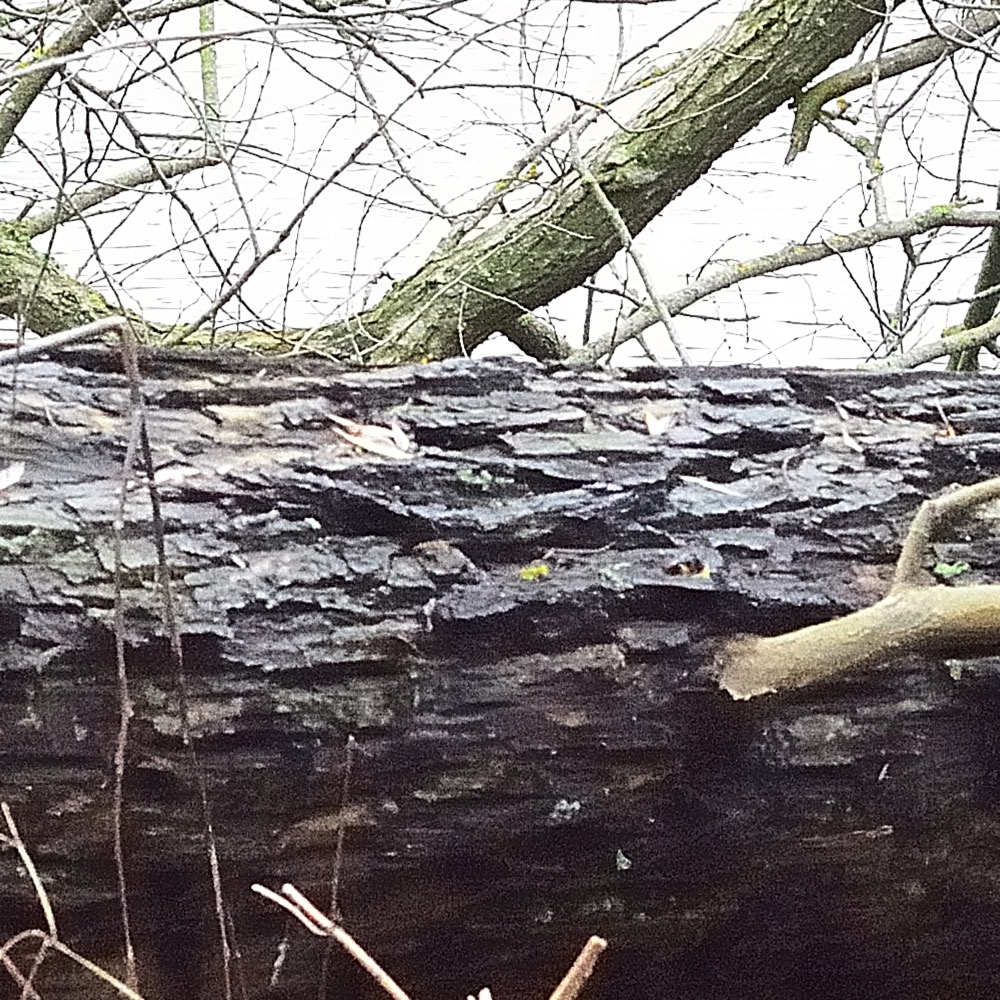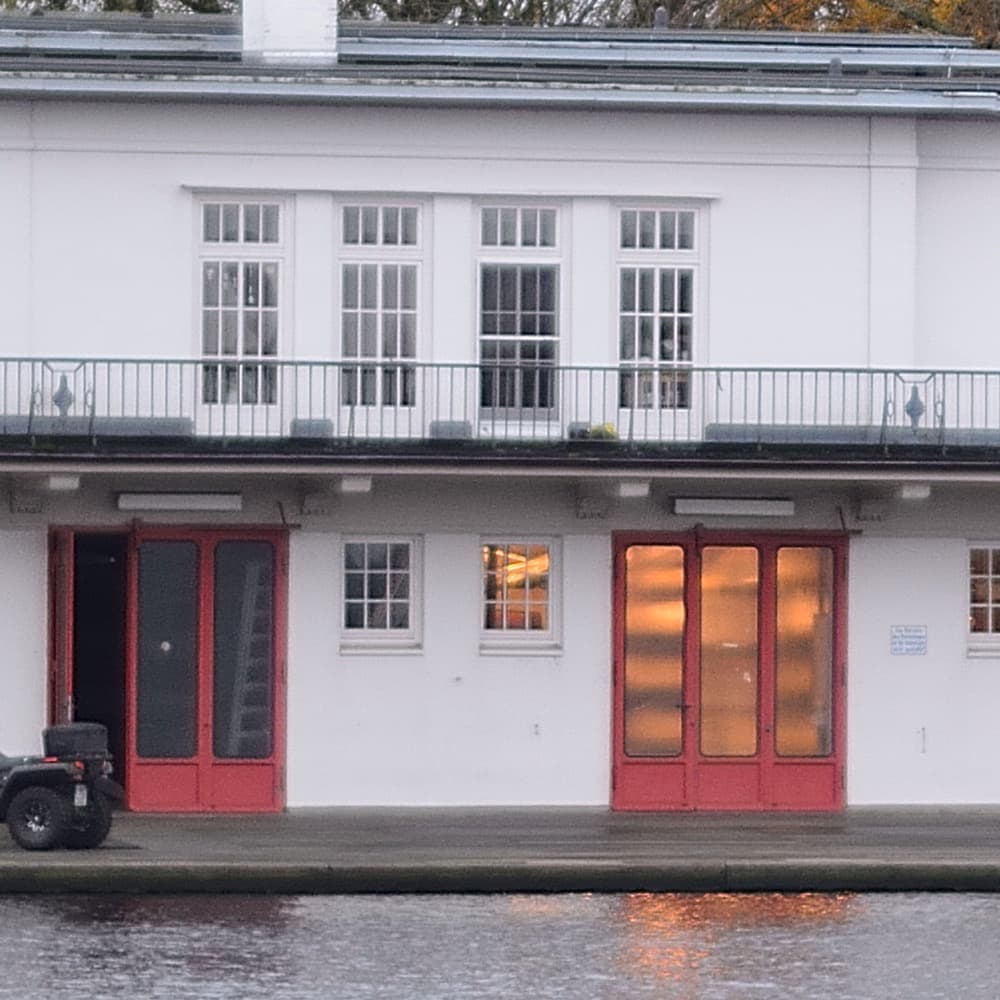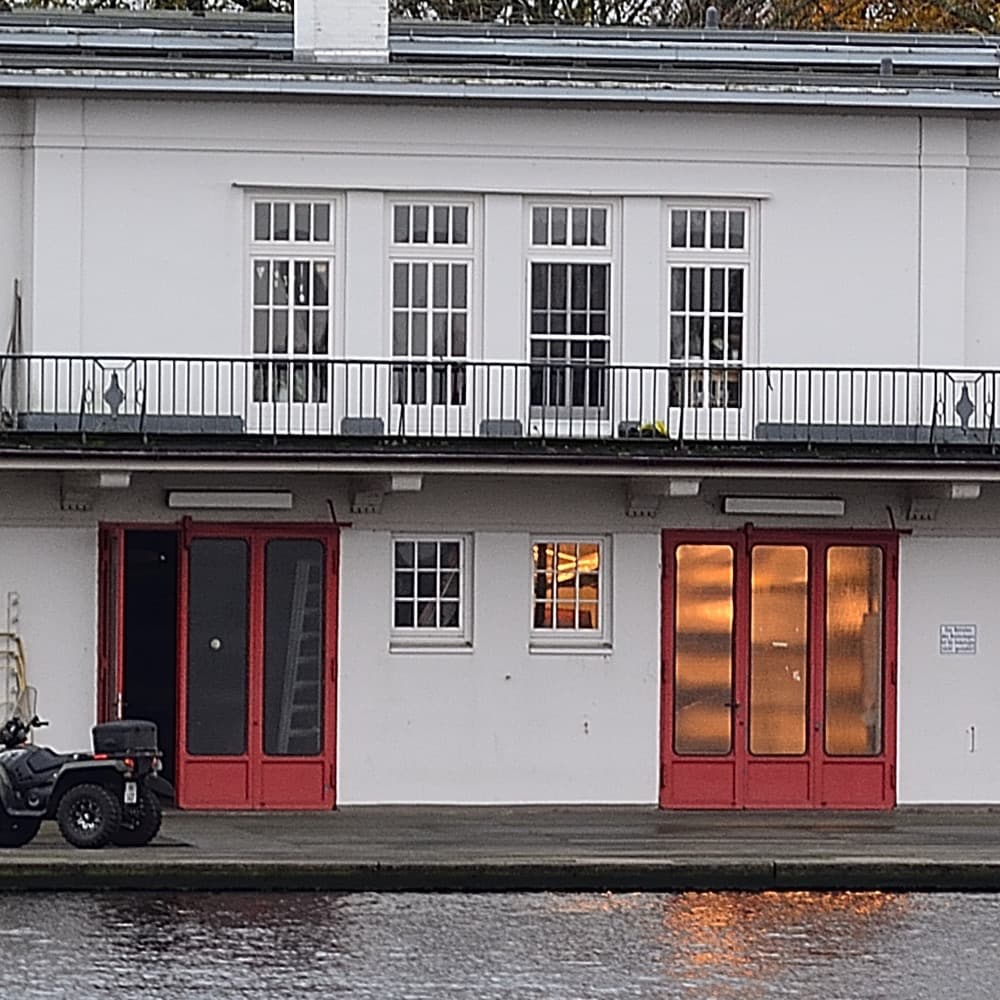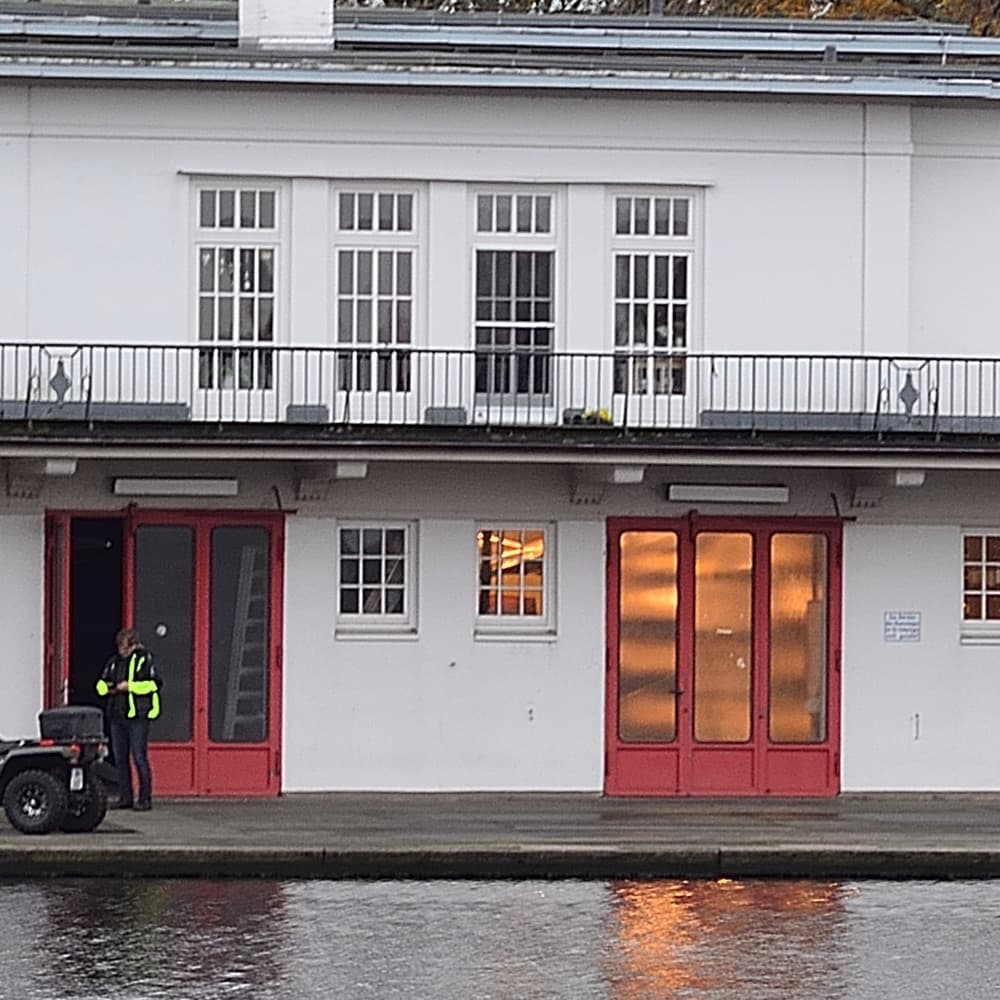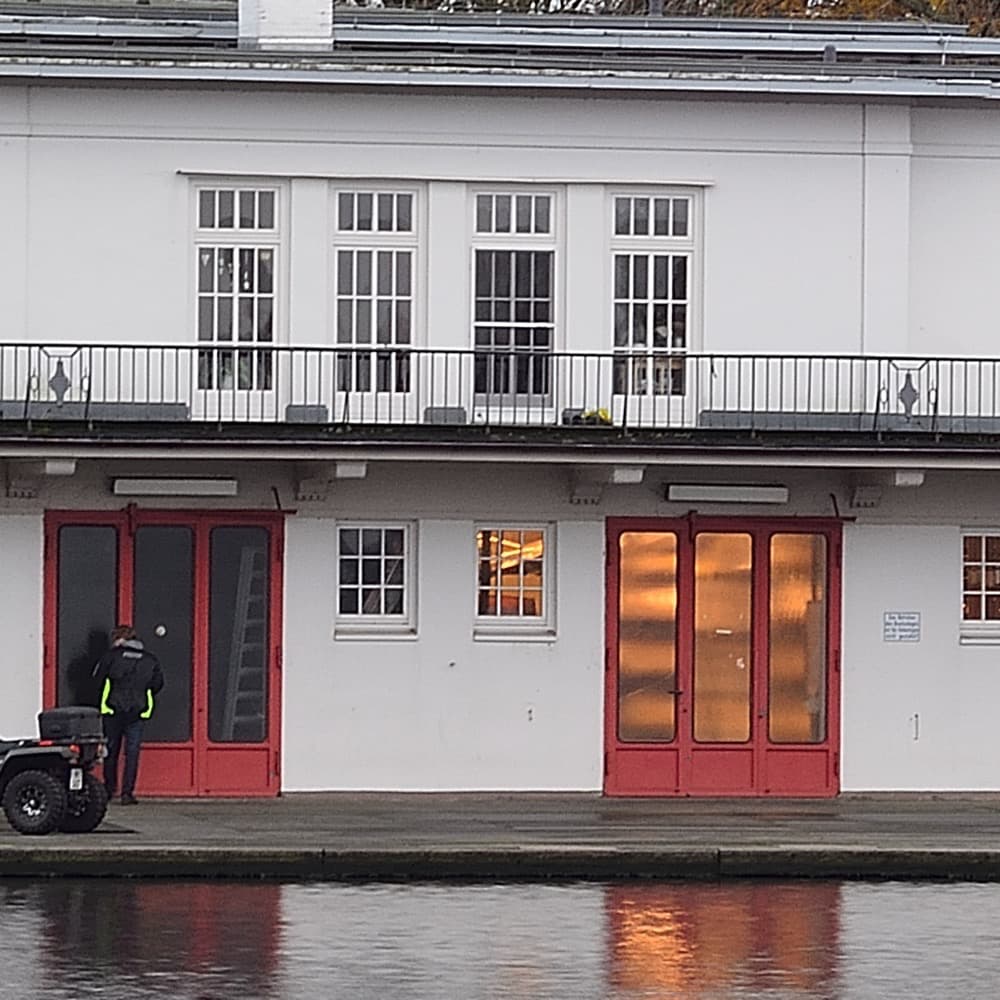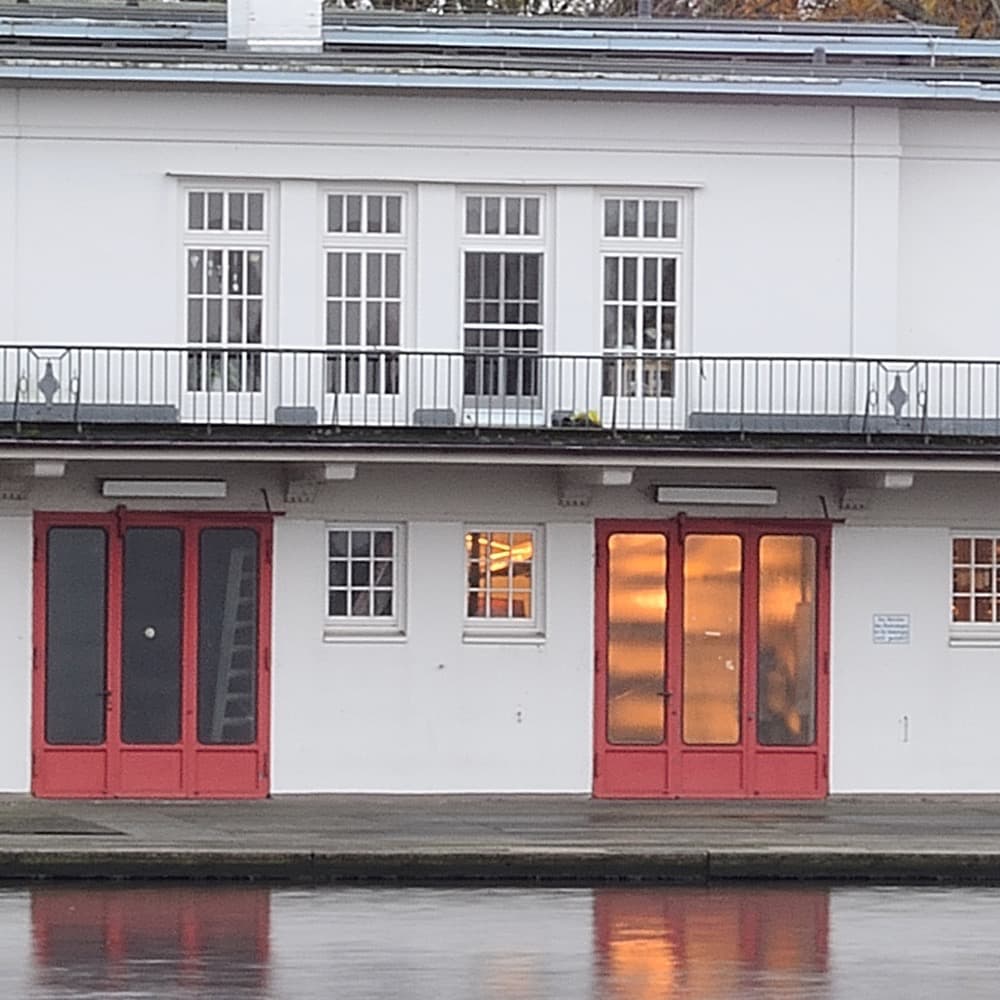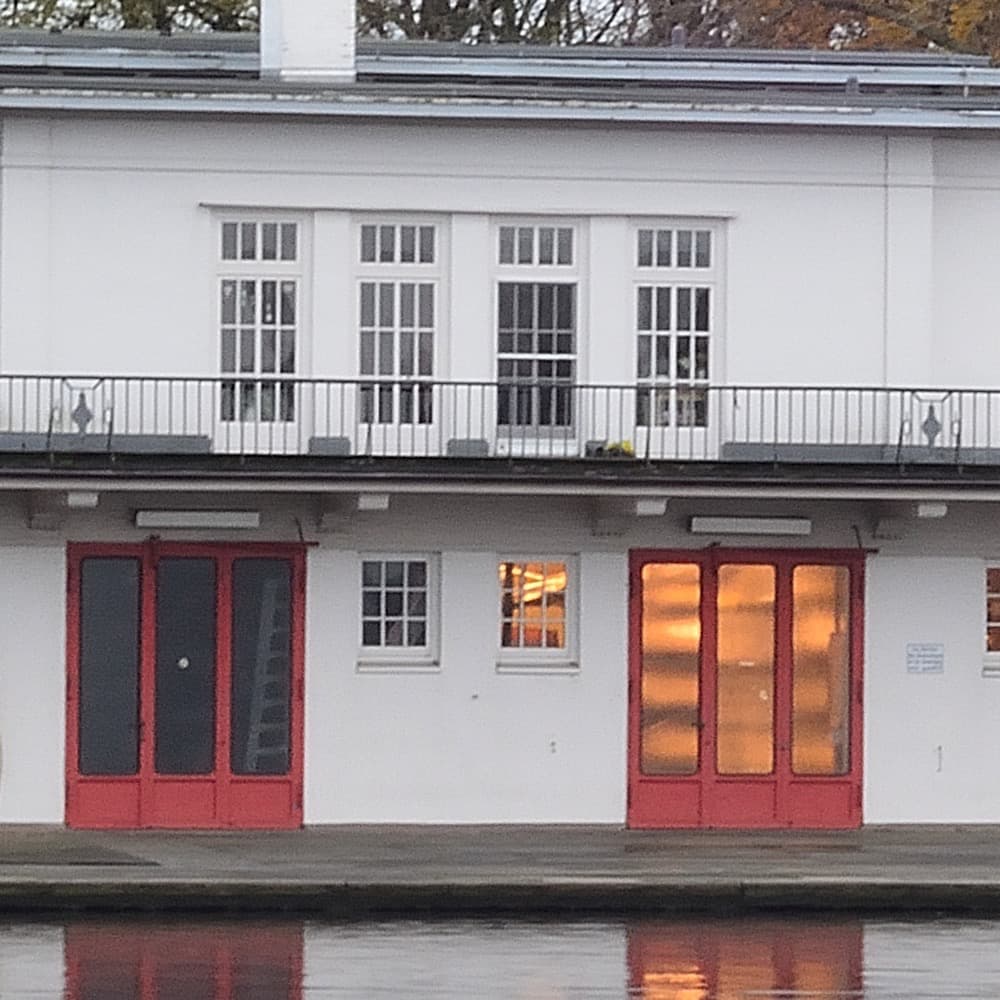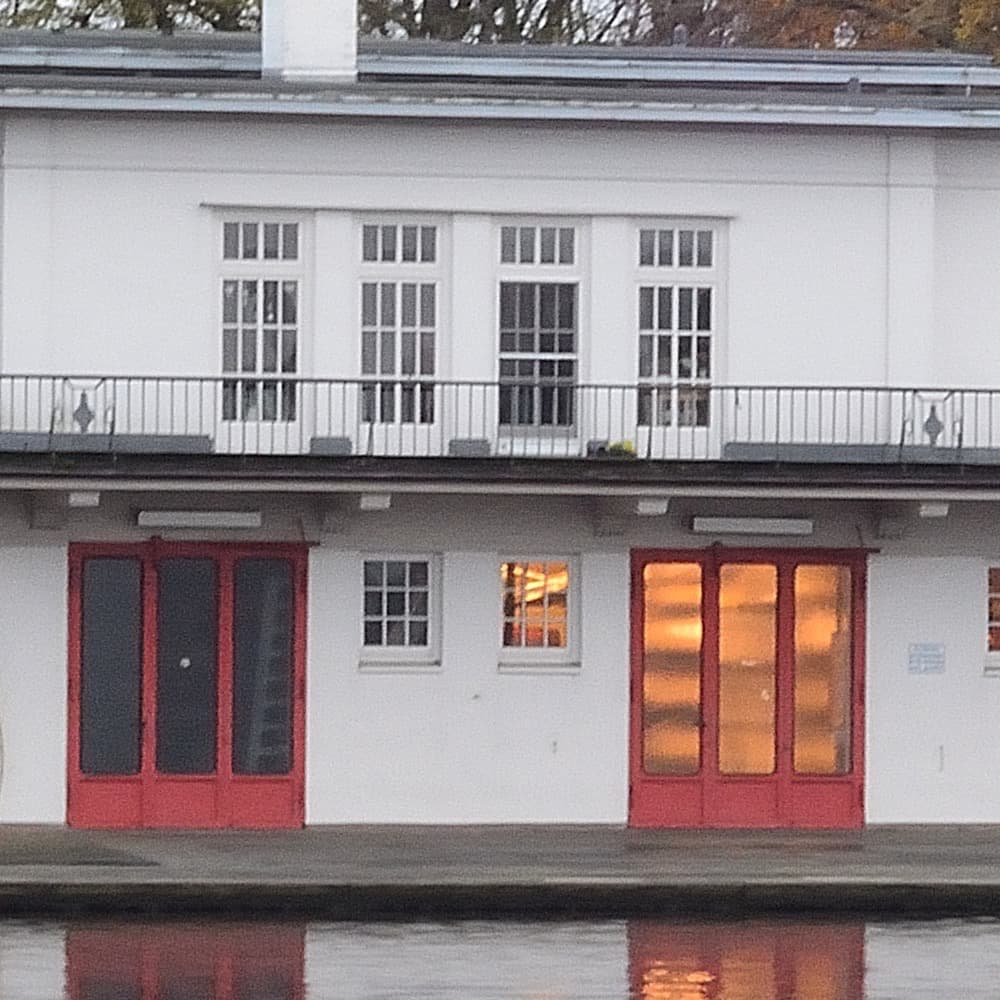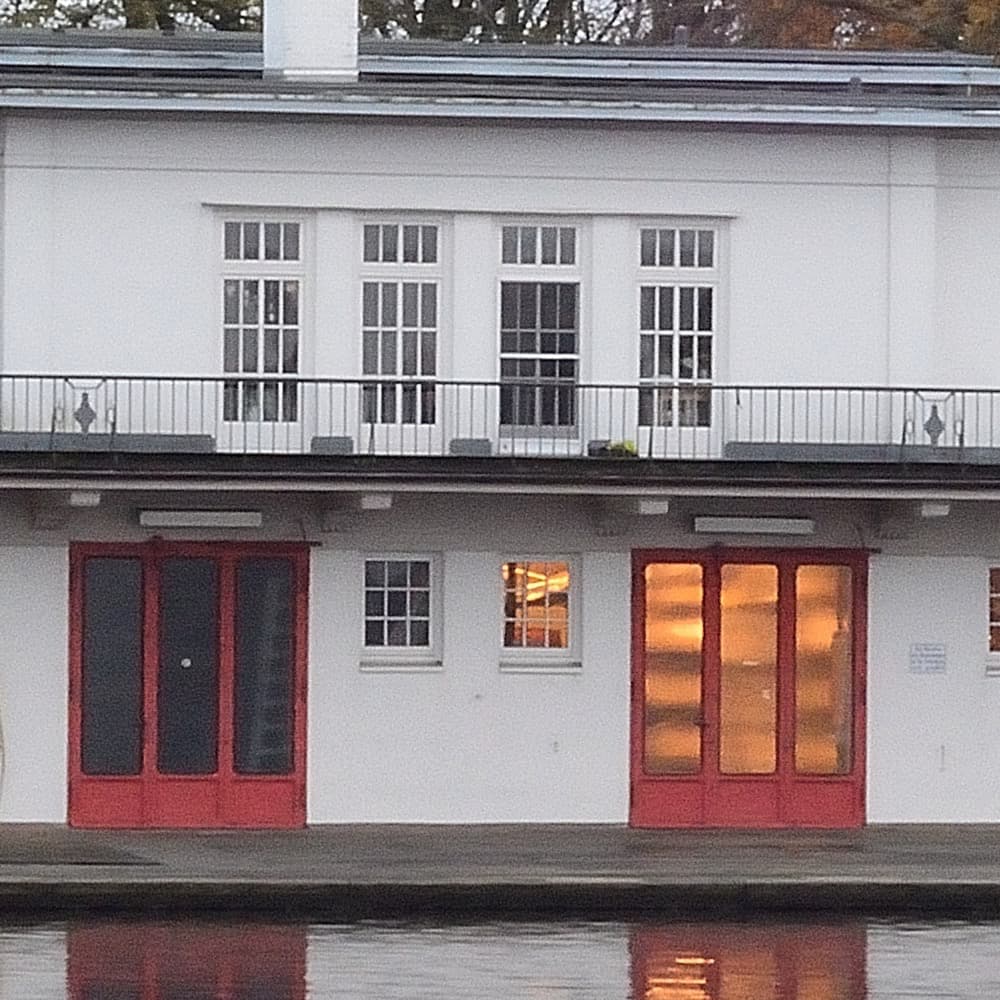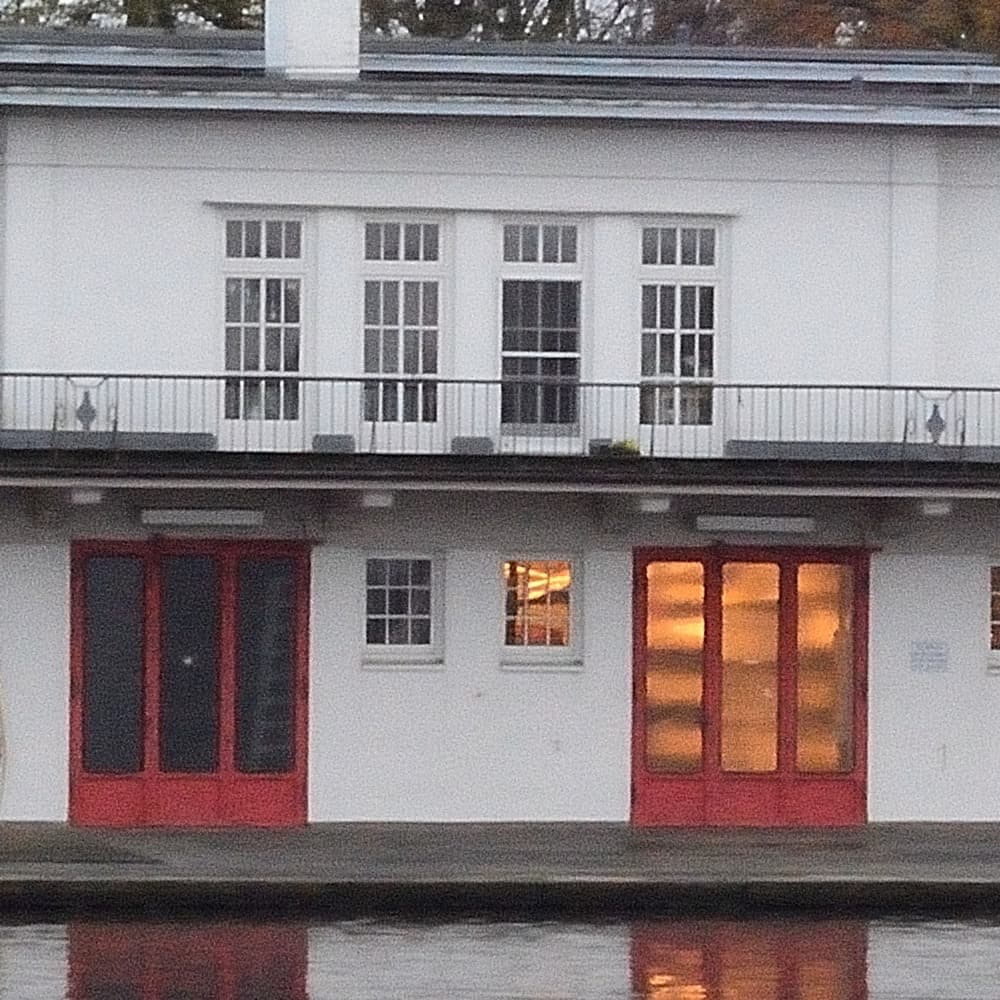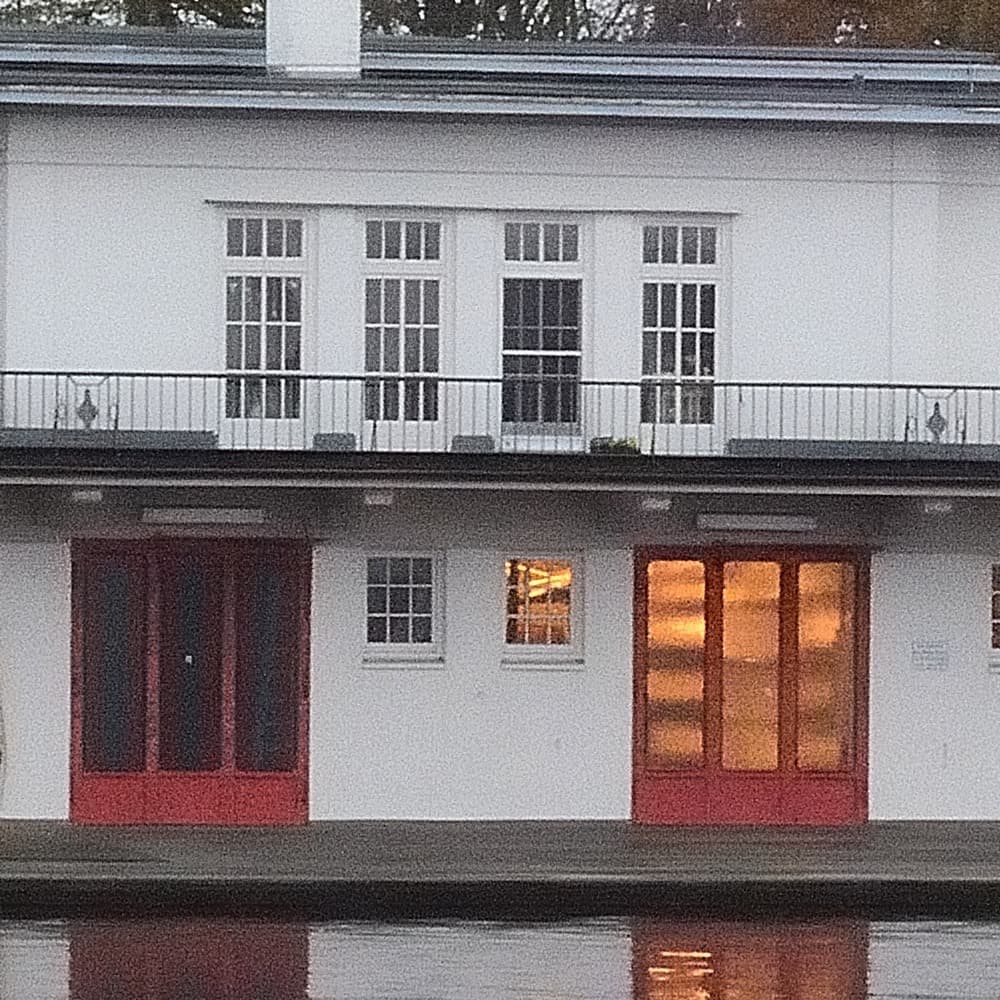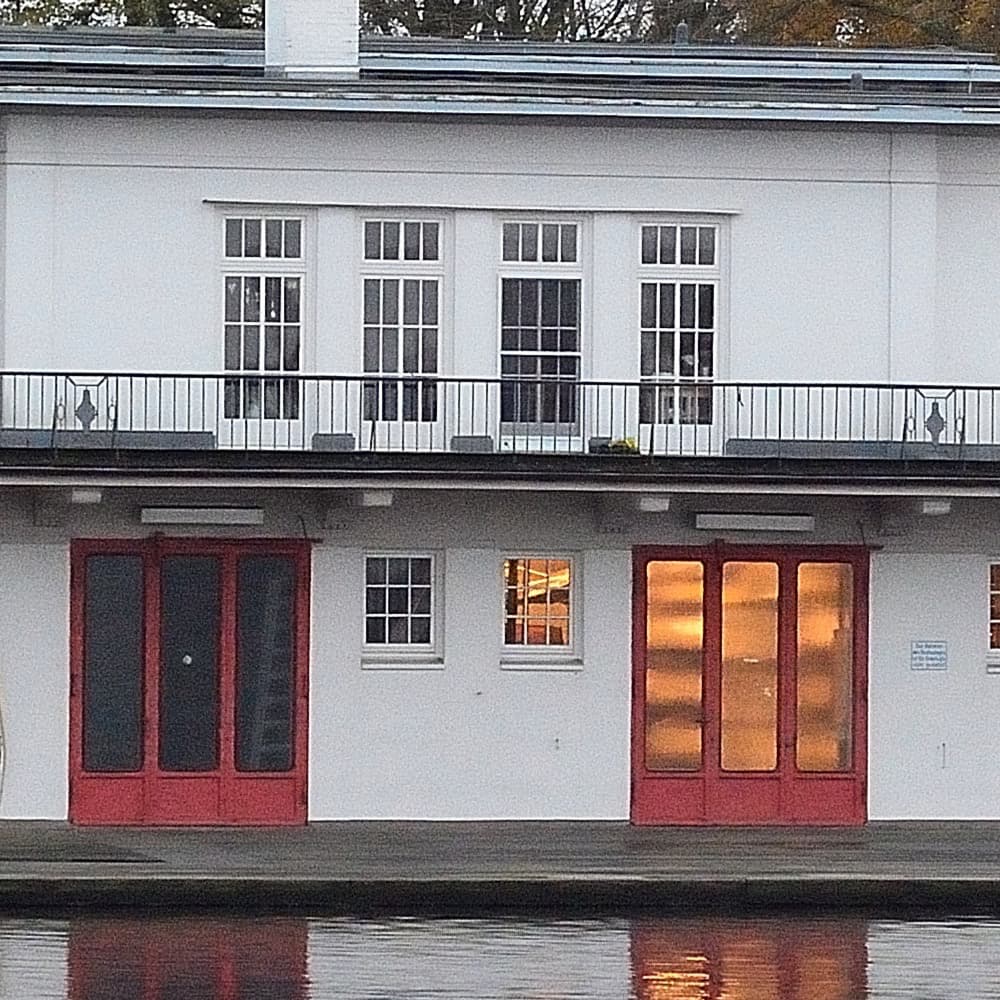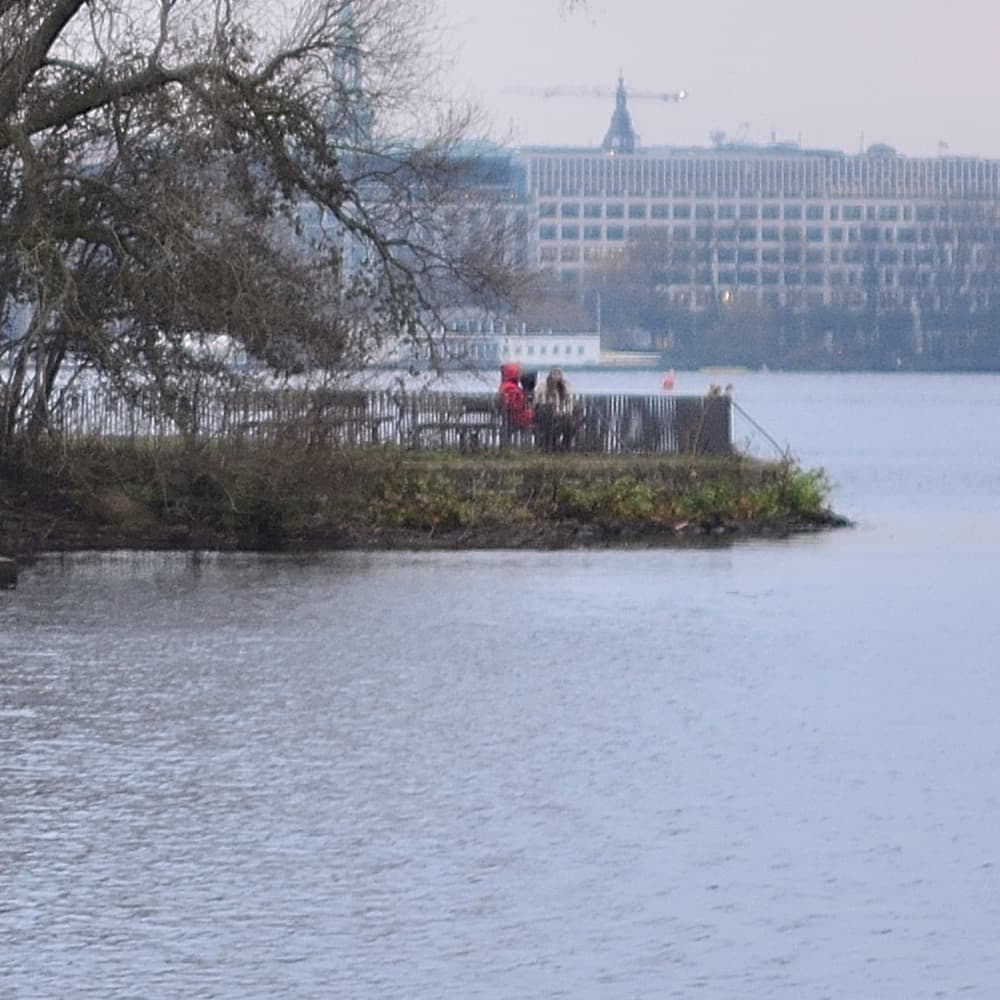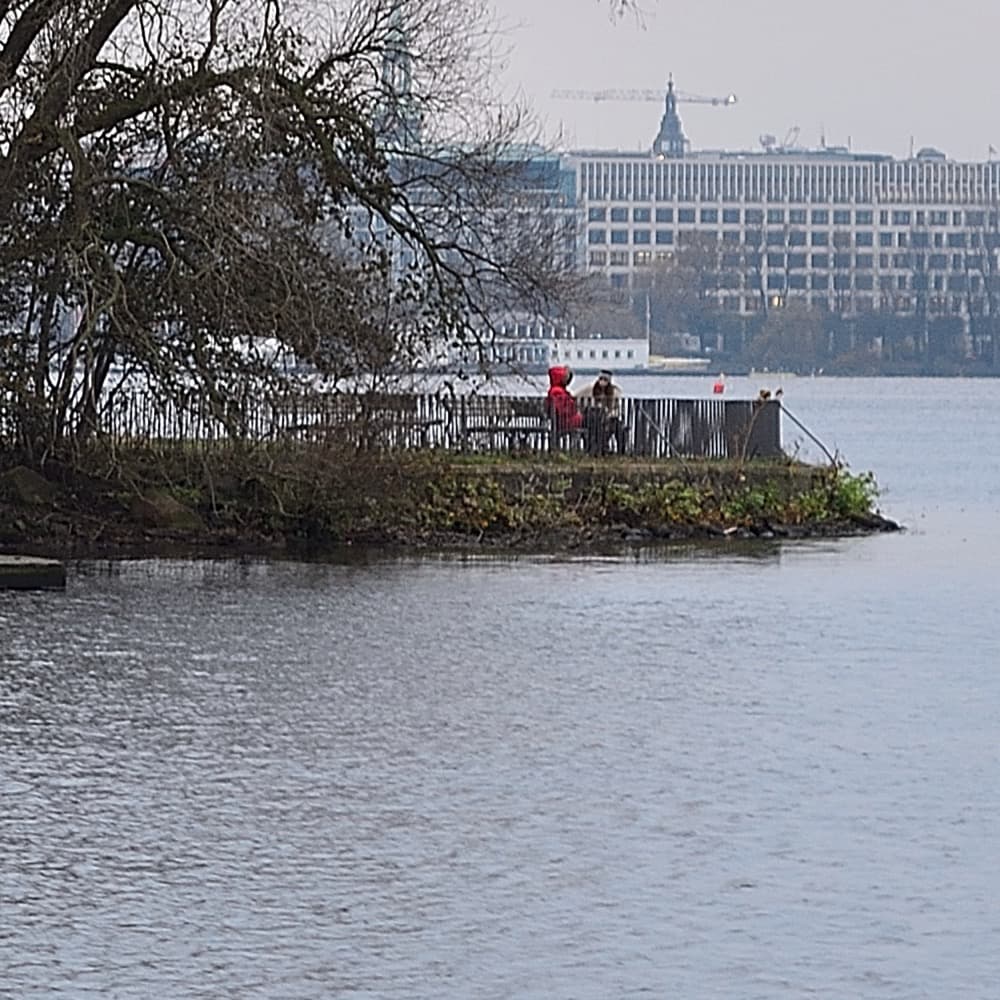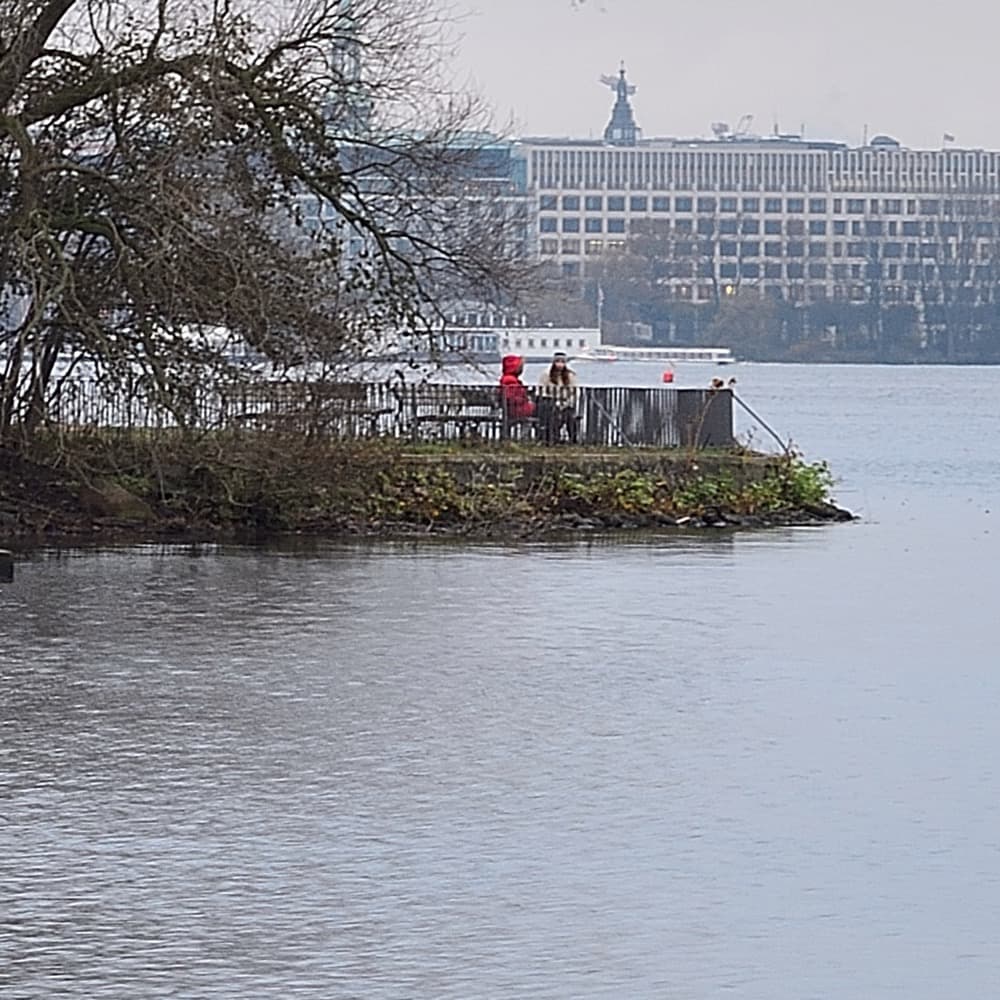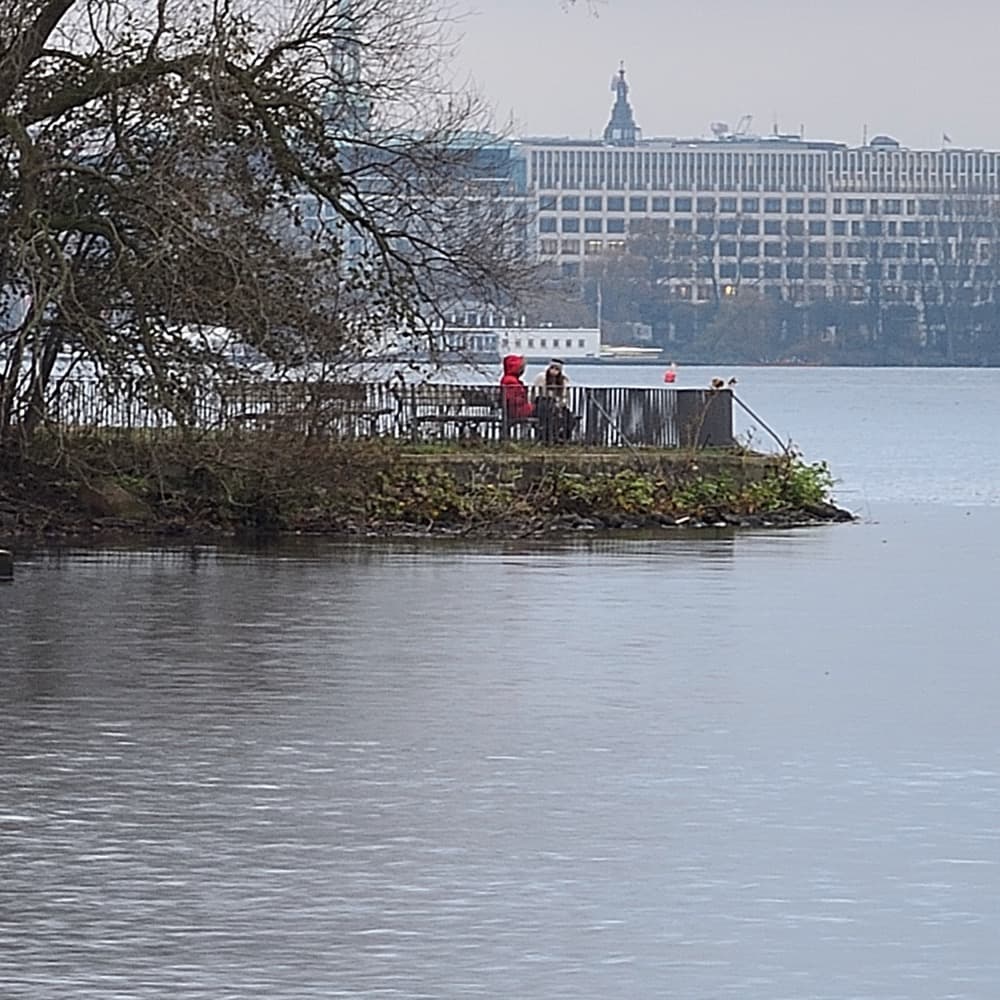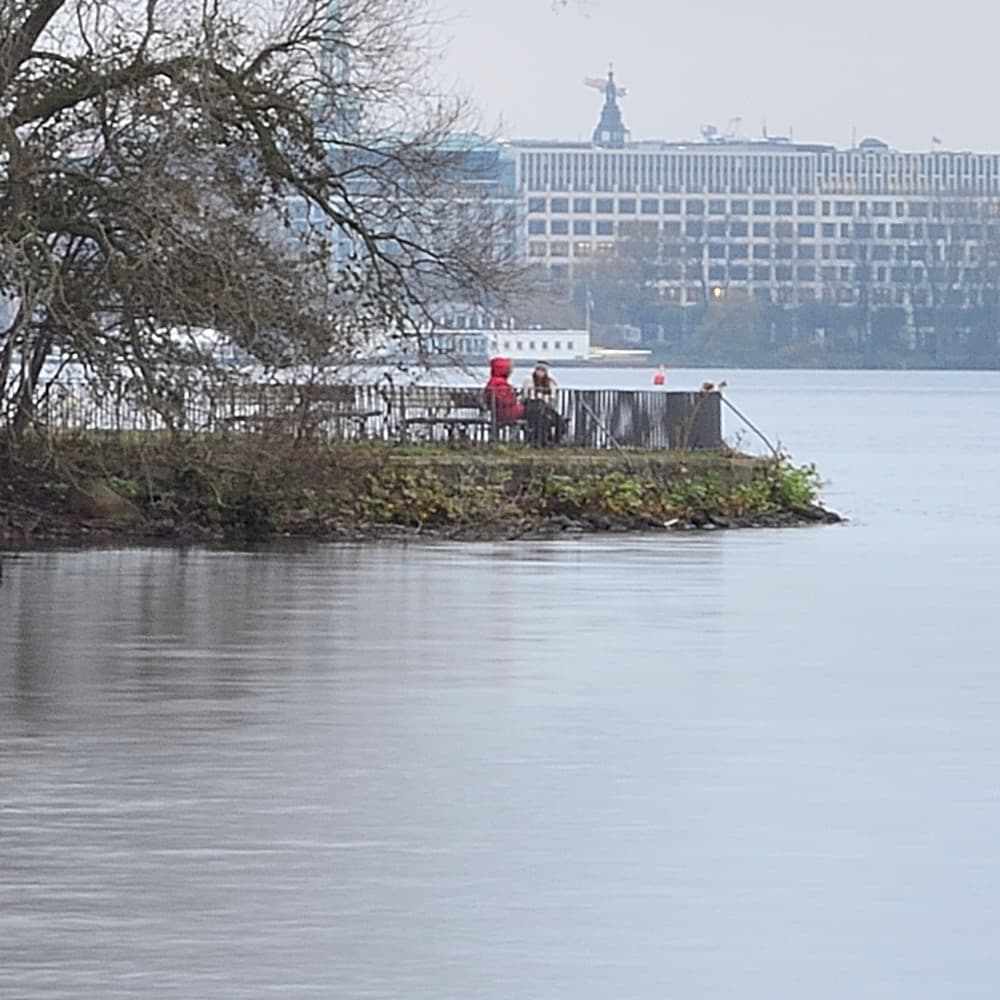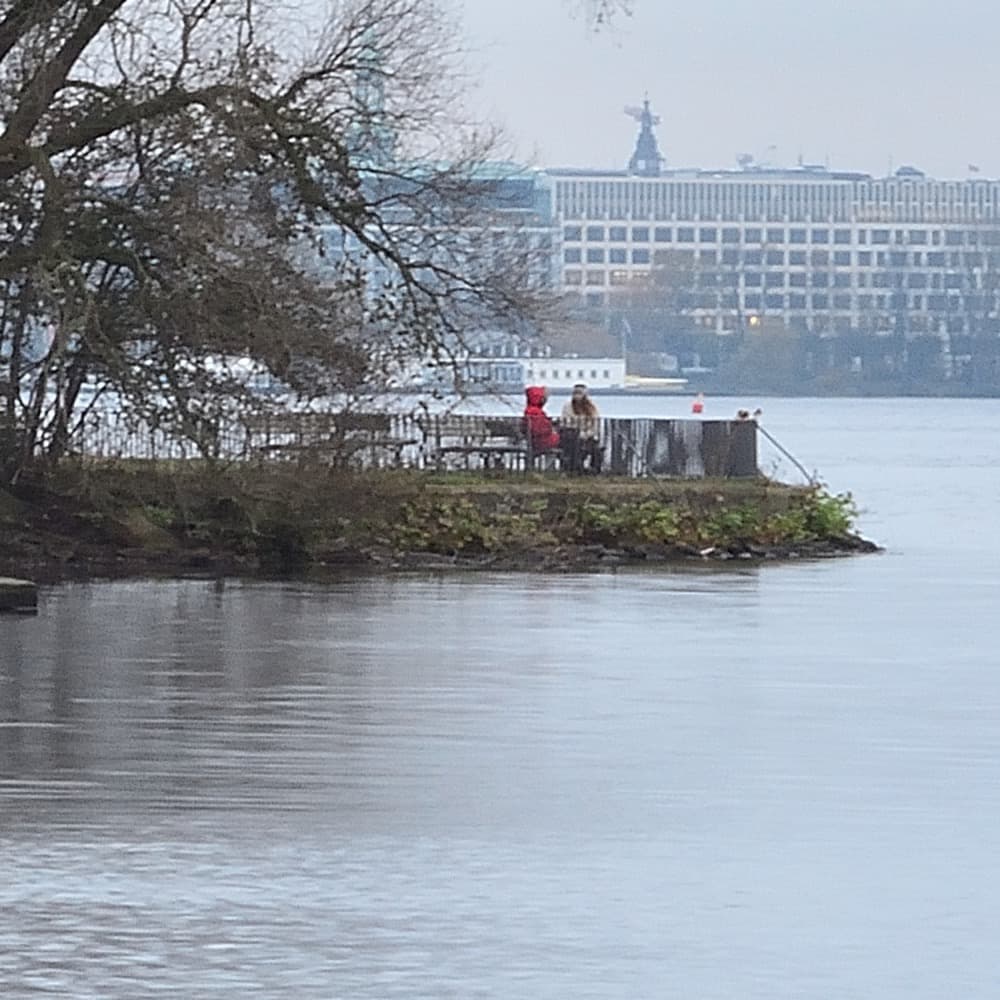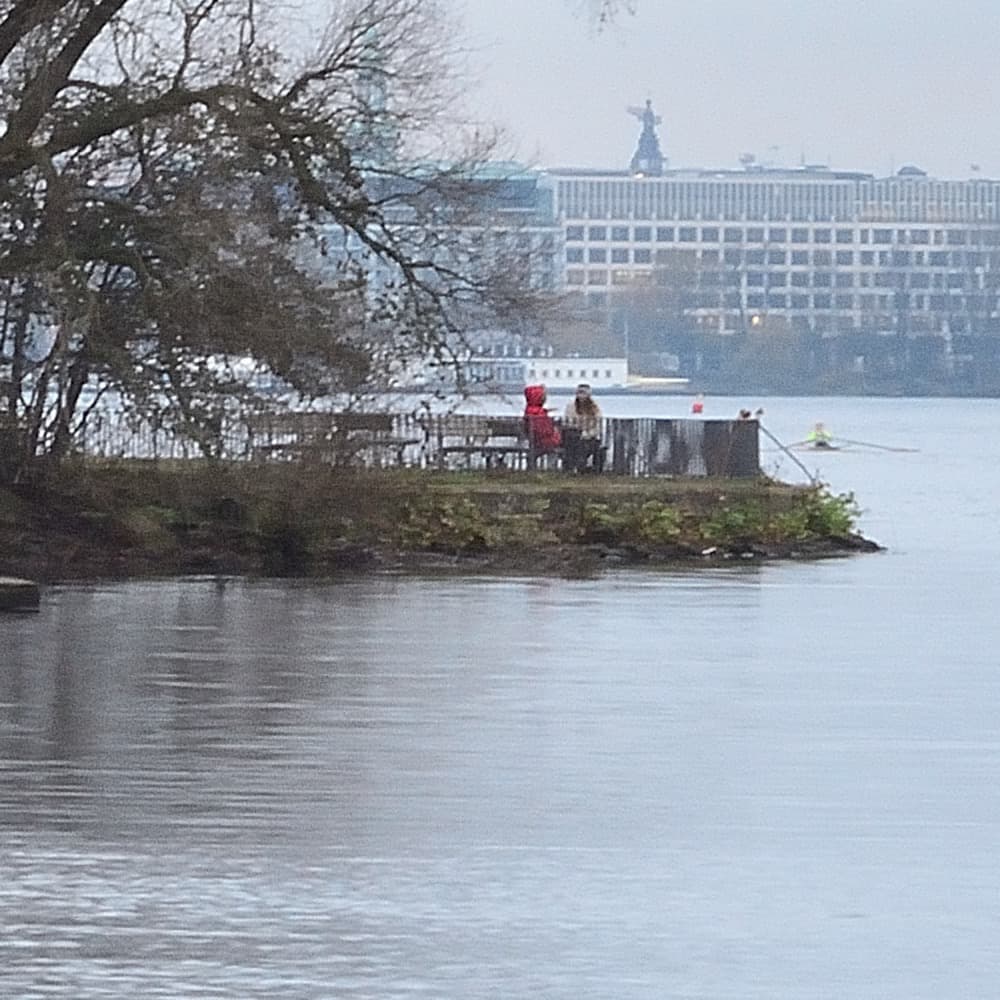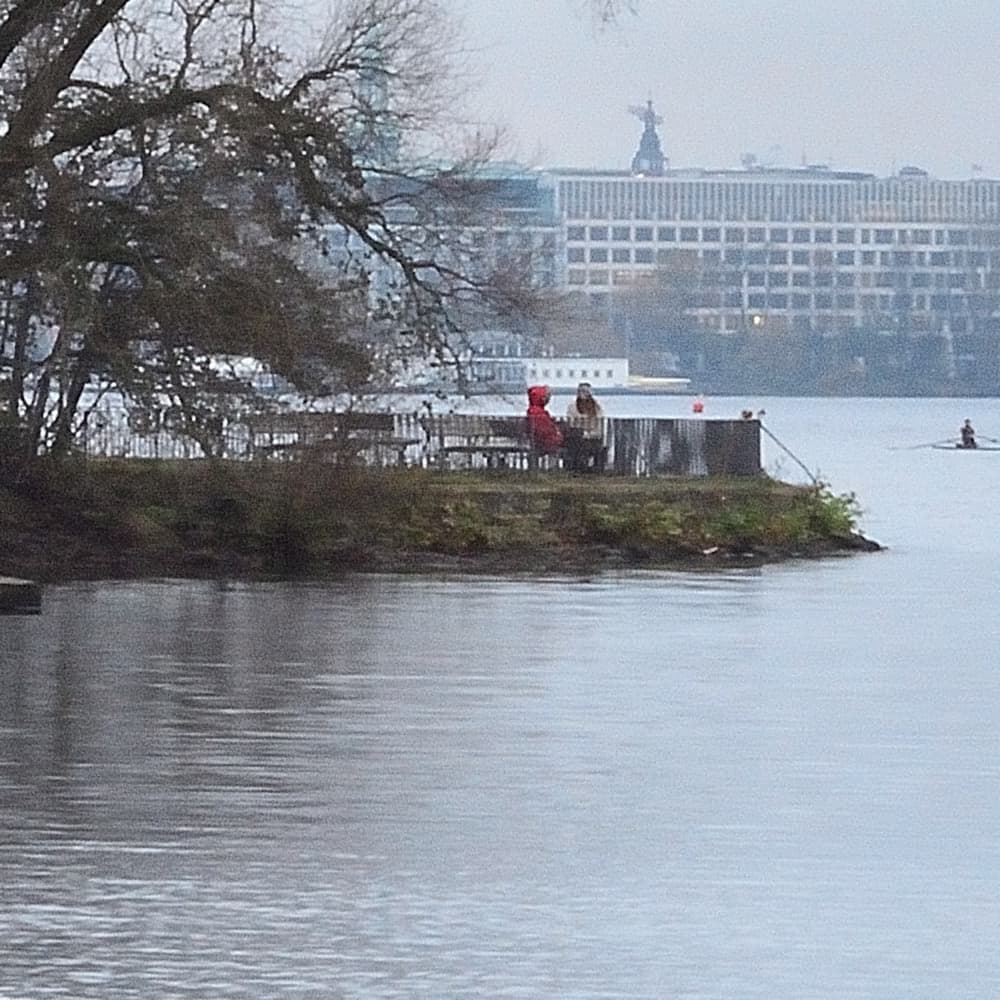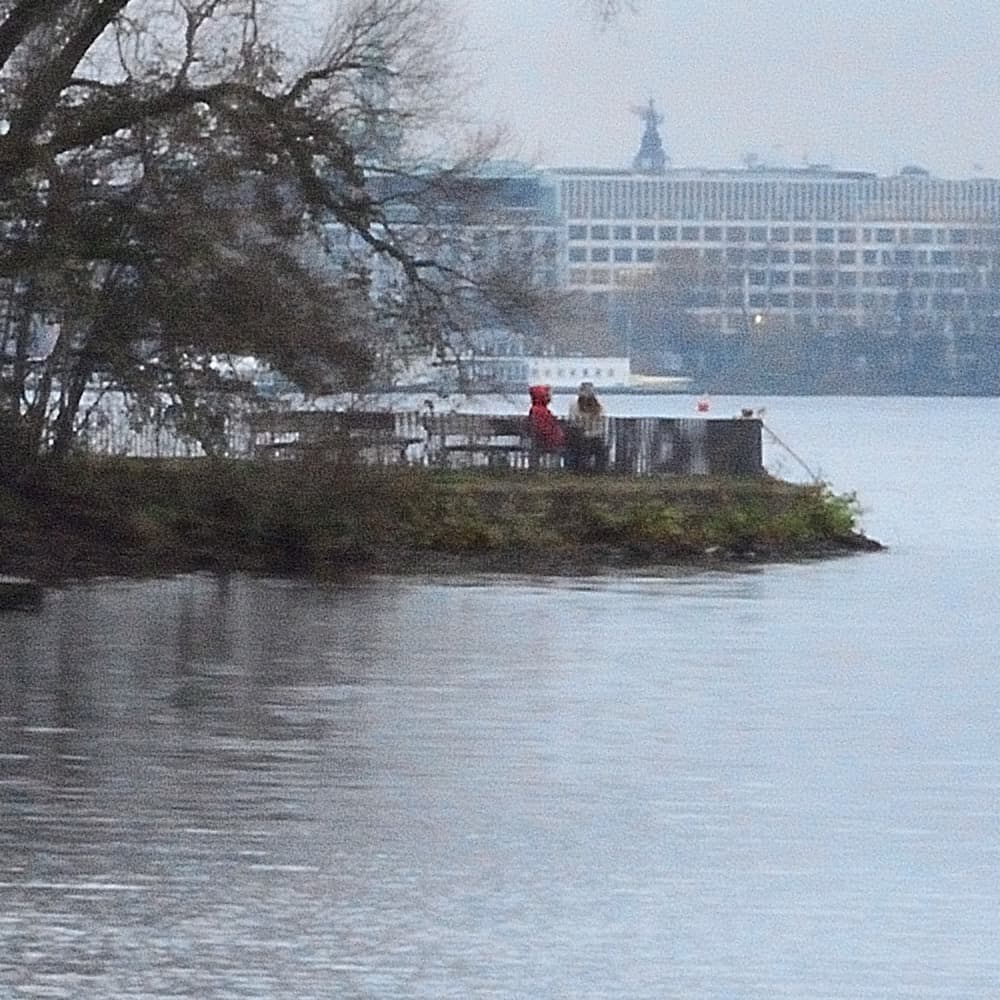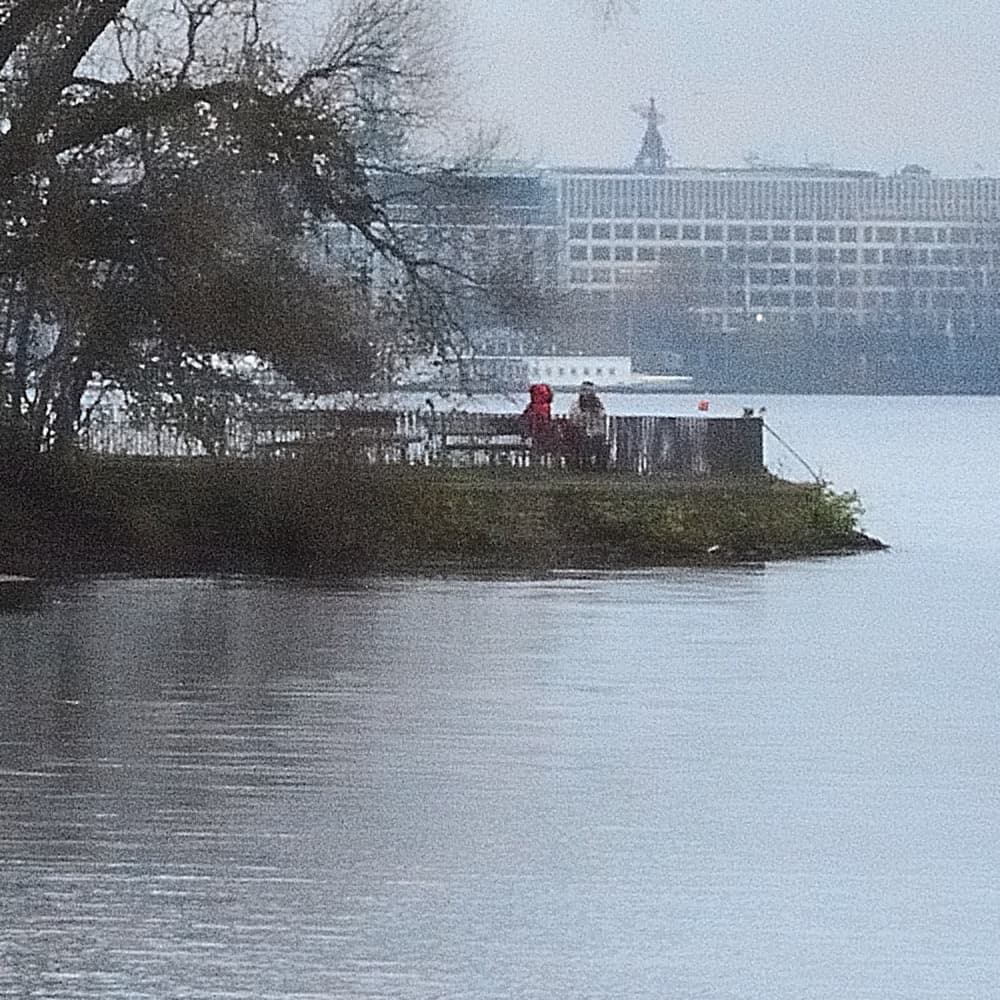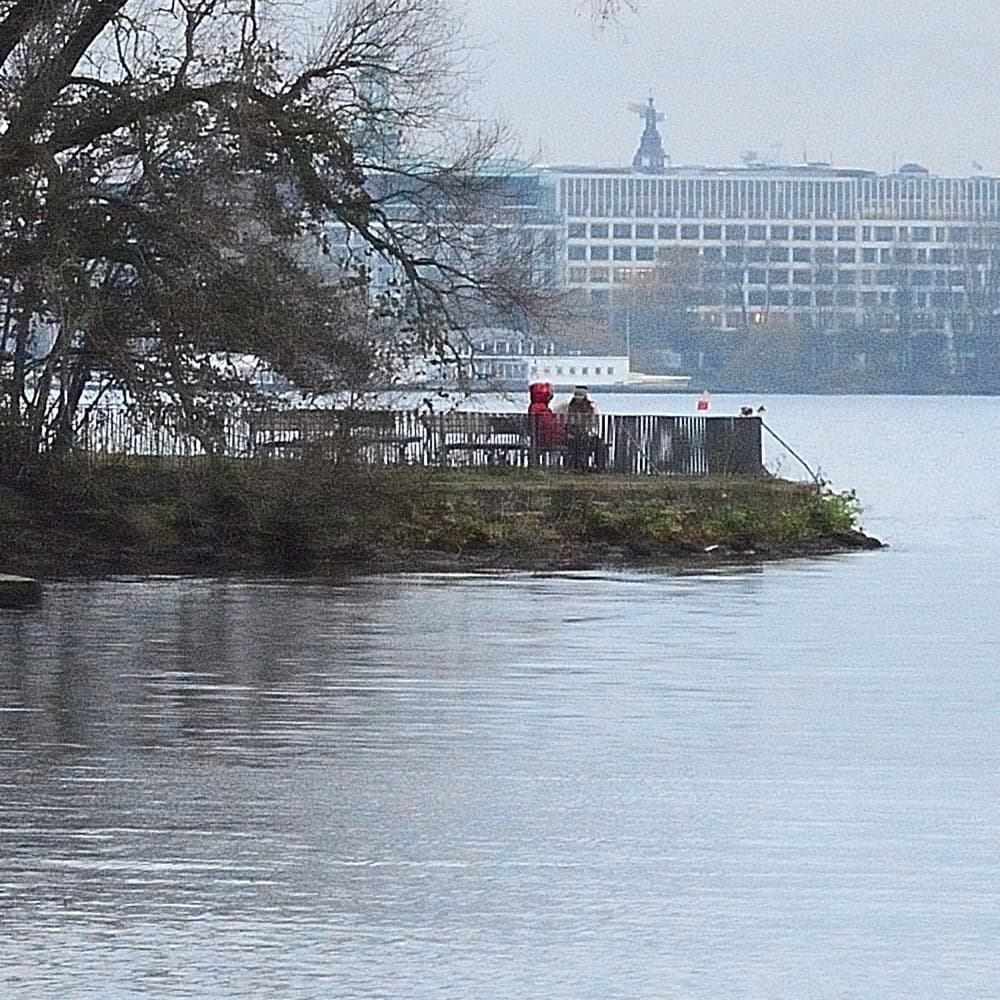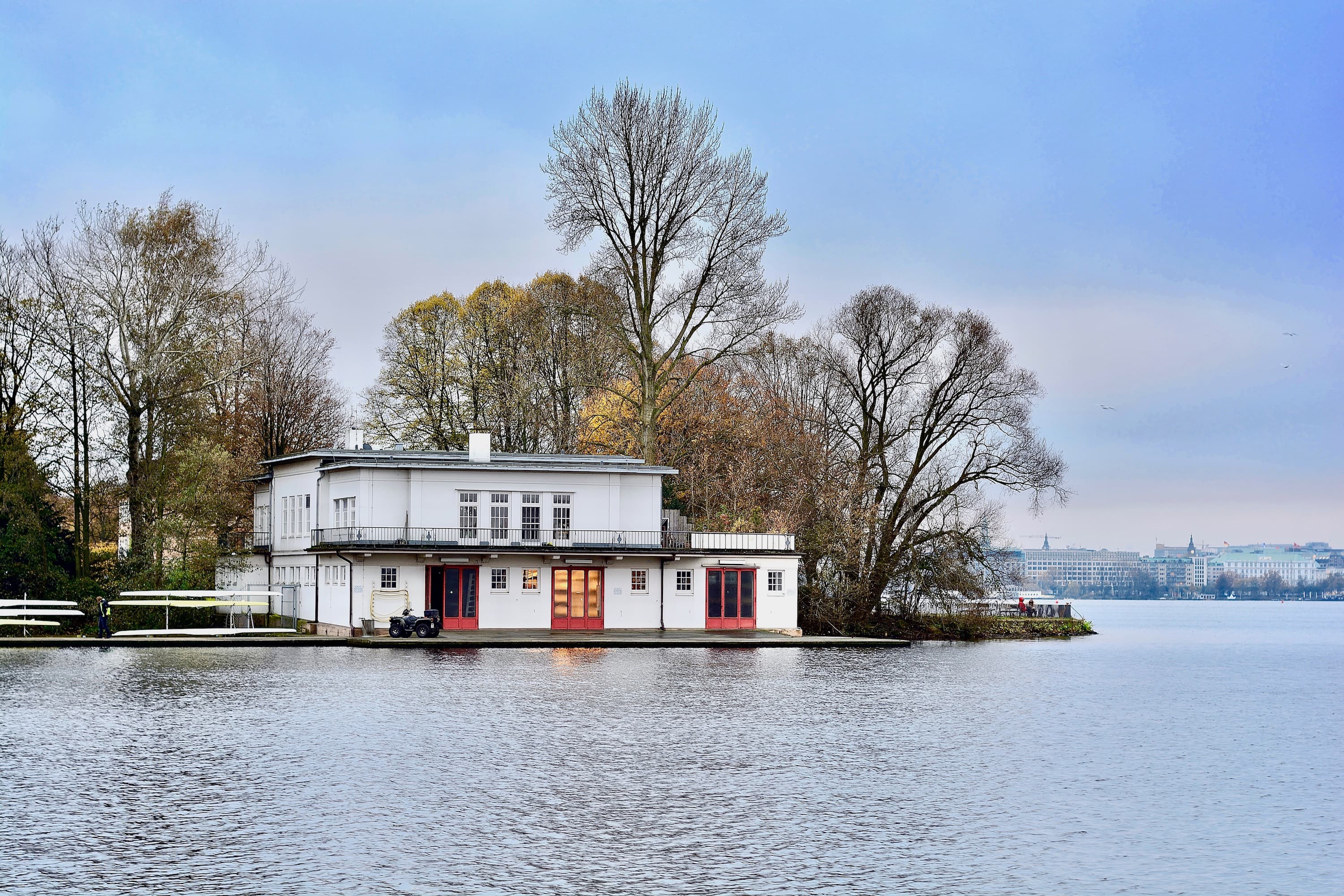I was quite surprised at how difficult it is to get absolutely razor sharp images out of a very good (high-end-consumer/semi-pro) DSLR camera, namely the Nikon D7100. So I made the test: What settings in terms of aperture, shutter speed and ISO yield the sharpest landscape image?
The setup
I tried to keep the control variables constant:
- Camera (Nikon D7100), lens (Nikon AF Nikkor 50mm 1:1,8D) and scene, obviously
- Camera mounted on a tripod
- 2 second self timer, so pressing the shutter release doesn’t blur the image
- All images in RAW format, imported in Nikon’s ViewNX-i app, Sharpness turned to 10 (max) and exported als full resolution jpegs.
Aperture, Shutter Speed and ISO
As you might know, the brightness of an image is influences by the aperture (how much light is going through the lens), the shutter speed (for how long is the light coming through the lens) and ISO (how sensitive is the film/chip).
But varying these also has other effects:
- A small aperture (i.e. wide open lens, for example ƒ/1.8) results in the depth of field effect you use for portraits. A closed lens (e.g. ƒ/22) makes sharper images, but lets through very little light.
- A long exposure, i.e. low shutter speed, for example 1 sec, lets through a lot of light but everything that moves is blurred — including the whole picture, if you move the camera. A short exposure/high shutter speed (e.g. 1/600 sec) “freezes” the image, but also lets through very little light
- A high ISO can help if you don’t get enough light otherwise, but it results in “noise”. This is an area where camera models still improve with every iteration.
The pictures
I started with the lowest ISO (100) and widest aperture (ƒ/1.8), requiring a shutter speed of 1/80. From there on I decreased the aperture and shutter speed so the lighting would stay the same. After that I increased the ISO, trying to reach a shutter speed where I could spare the tripod (1/50 sec or faster). The last version is a reasonable mix of minimum aperture (ƒ/8), minimum shutter speed (1/100 sec) and maximum ISO (6400).
Since the differences are very subtle, I chose three areas that I zoomed in on:
My favorite here is definitely the ƒ/14, 0.8s, ISO 100. I can hardly spot a difference to the ƒ/22, but 0.8s vs 2s can make a difference if the wind hits your tripod (remember, this is Hamburg!). Also turning up the ISO is no option if your aiming for sharp images.
Second motif
I did the same series with a second motif and slightly different settings (since the lighting was different):
Here the biggest “leap” occurs when going from ƒ/1.8 to ƒ/3.5. From then on the major change is how smooth (or blurred) the waves are. And again, ISO above 200 is not a great choice. Although I am very impressed by the last image at ƒ/8, 1/160s and ISO 3200. That is something you can do without a tripod!
And now, finally, the edited version of the sharpest image:











